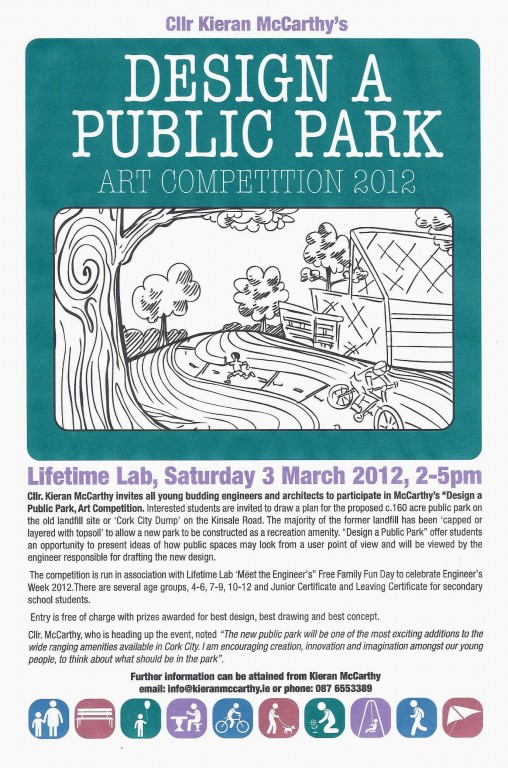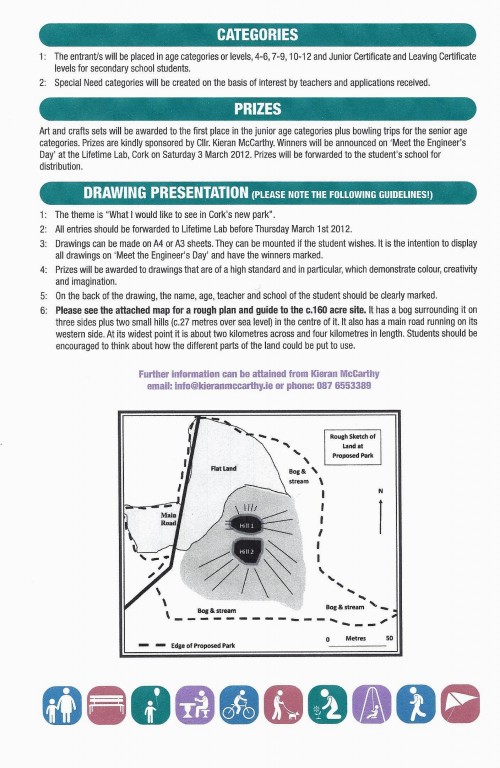First call, auditions for the fourth year of McCarthy’s Community Talent Competition will take place on Sunday 29 April 2012, 11-5pm, Lifetime Lab. All talents are considered, open to primary and secondary school students, more information will be posted. Pictures from last year are at the link here, http://kieranmccarthy.ie/?p=6448
Category Archives: Ward Events
Kieran’s Speech, Blackrock Community Association 2012 AGM
Kieran’s Speech, Blackrock Community Association AGM, 13 March 2012
Madame Chairperson, members of the committee
On the 1 October 1962, the Cork Examiner ran the following key headline,
“Kennedy’s troops mass for race war showdown”.
The first paragraph of the report read:
“The First US Federal marshals began arriving at Oxford (Mississippi) Airport yesterday to enforce court orders that a 29-year negro ex-serviceman be admitted to the all-white University of Mississippi. What began as the refusal of Mississippi officials to obey court orders to admit the negro, Mr. James Meredith into the university has grown into a full trial of strength between the US government and the southern state.
It is the most serious clash between the Government of and a state of the Union since the American civil War of a hundred years ago. From various neighbouring segregationalist states have come pledges of support totalling ‘tens of thousands’ of volunteers to assist Mississippi Governor Ross Barnett.”
Many students harassed Meredith during his two semesters on campus but others accepted him. According to first-person accounts, students living in Meredith’s dorm bounced basketballs on the floor just above his room through all hours of the night. Other students ostracized him: when Meredith walked into the cafeteria for meals, the students eating would turn their backs. If Meredith sat at a table with other students, all of whom were white, the students would immediately get up and go to another table.
On the same page, another headline ran “All set for US Space Flight”.
“A huge task force of ships, aircraft and men were assembling throughout the world yesterday in preparation for Walter Schirra’s six-orbit space flight due to be launched at Cape Canaveral, Florida on Wednesday. If the flight goes off to plan, Commander Schirra will become America’s fifth spaceman and holder of the US long-distance space record.“
On October 3, 1962, Schirra became the fifth American in space, piloting a rocket on a six-orbit mission lasting 9 hours, 13 minutes, and 11 seconds. The capsule attained a velocity of 17,557 miles per hour (28,255 km/h) and an altitude of 175 statute miles (282 km), and landed within 4 miles (6.4 km) of the main Pacific Ocean recovery ship.
If anything, the 1 October 1962 showed a world of change from questions of equality to questions of ambition – new foundations of change swept across society yet again.
In headlines that showed but a weariness of change and an excitement of discovery, the headlines indirectly point out that nothing remains the same and the world keeps turning.
Caught between the main headline “US Crisis Nears Climax and “All Set for US Space Flight” was a more local story that read “Laid Foundation Stone”.
Beneath a central picture, the caption read;
“His Lordship Most Rev. Dr. Lucey, Bishop of Cork and Ross, laying the foundation stone of the new parish church of St Michael the Archangel at Blackrock, Cork. The new building will replace that destroyed by fire about eight months ago.”
On page 7 inside, a headline ran, “Redoubled Effort urged for new Cork Church”.
In a statement after the ceremony, Bishop Lucey said that:
“The blessing at Blackrock like the burning was something to remember….it is only just eight months since the old church was destroyed. In a matter almost of days the site was being cleared and plans for the new church drafted, the money for the building was being collected within and without the parish…we have a good architect for it in Mr. Boyd Barrett and I am satisfied that in line and design it will be beautiful”.
Cork’s Fold Magazine in April 1962 noted of the church:
“It had been one of the most distinguished and attractive churches in Cork for more than 130 years since 1819. It had acquired an atmosphere of intimacy and continuous devotion, which appealed greatly to visitors, as well as to the large local congregation, who have become much more numerous than its founders had ever foreseen. Its total destruction in broad daylight, within an hour of the outbreak of the fire, was a disaster that could not have been imagined. In fact the sudden conflagration quickly filled the church with such dense smoke that the firemen could not operate inside. Their efforts to play water on the roof were unavailing until it had collapsed into a blazing furnace.”

Walking around the present St Michael’s it is a beautiful building.
I like the location of the church, the way it seems to be nestled into a wooded area as seen from Montenotte.
Its high spire is reminiscent of an earlier age of architecture reaching for the heavens but also reminiscent of the new age of space rockets and reaching out beyond technology.
The lofty and colourful stained glass windows, which cast beautiful colours across the church perhaps remind one of the importance of colour.
I like the beautiful carved altar and its craftsmanship.
The location, its reaching for something higher, its colour and craftsmanship have transcended time to our time.
The church is soulful and purposeful – something motivating and ambitious. Something that has a voice. For the visitor, regular who sits on the same pew every Sunday, explorer, or geographer like me, this human built fabric creates a sacred landscape of encounters, experiences, connections, journeys, ideas and re-interpretations.
The story of this church shows us much – talent, confidence, self pride, self belief and innovation. And ladies and gentlemen, in the Ireland of today, we need more of such confidence, pride and belief and innovation– we need to mass produce these qualities and step by step approaches to pursue them.
And perhaps the idea of community is a process more than something static
But certainly the process becomes positively charged when the metronome of time veers from the weariness of change to the excitement of discovery.
I wish to congratulate you on the year gone by and your efforts and endeavours in that time. I would like to thank you for your courtesy and welcome shown to me at the summer céilí, which were great craic. Indeed anytime I appear in this community haven, I am challenged to either speak or sing or both…
I would also like to thank the people of Blackrock for their interest and support in my own community projects, the enterprise workshops, artist residency programme, the community talent competition, the make a model boat project on the Atlantic Pod, the Design A Public Park, Art Competition and the walking tour down the old Rail line, which is also now in lecture form.
My new walking tour of Blackrock I have set May leaving from Blackrock Castle and exploring the myriad of memories in this area from the 400 year castle to the fishing village, the Victorian houses, the two churches, the graveyard to name just a few.
Best of luck in the year ahead,
Go Raibh Maith Agaibh


Douglas Historical Walking Tour, 24 March 2012
Thanks to everyone who supported the historical walking tour of Douglas today and for your contributions. It will be run again in the near future.

Did you Know?
· The district of Douglas takes its names from the river or rivulet bearing the Gaelic word Dubhghlas or dark stream.
· In an inquisition of the lands of Gerald de Prendergast in 1251, Douglas is first mentioned. In 1299, Douglas was one of the towns listed in County Cork, where the King’s proclamation was to be read out.
· In 1372, in an inspection of the dower of Johanna, widow of John de Rocheford, there is a reference to allotments of land to her in Douglas. The Roches originally came from Flanders, then emigrated to Pembrokeshire in Wales, before three of the family – David, Adam and Henry de la Roch – joined Strongbow in the Anglo-Norman invasion of Ireland in the 12th century. In all there are sixteen Rochestowns in Ireland and innumerable Roche castles.
· In 1586, the townlands in Douglas that are mentioned are “Cosdusser (south of Castle Treasure house), Castle Treasure, Ardarige and Gransaghe”.
· On the 1st June 1726, Douglas Factory was begun to be built. Samuel Perry and Francis Carleton were the first proprietors. They were also members of the Corporation of Cork.
· The 18th century was the last golden age for wooden sailing ships, before the 1800s made steam and iron prerequisites for modern navies and trading fleets. It was a golden age too for maritime exploration, with the voyages of James Cook amongst others opening up the Pacific and the South Seas.
· Robert Stephenson, technical expert on linen industry, who visited every linen factory in Munster, Leinster and Connaught on behalf of the linen board visited Cork on 9 August 1755: “Near this city and in it are carried on the only sail cloth manufacturers worth notice at present in the Kingdom; Douglas Factory, the property of Messrs. Perry, Carelton and Co. contains about 100 looms, with Boylers, Cesterns, Kieves and every apparatus for preparing the Yarn to that Number”
· On the 21st July 1784, “the Corporation of Cork granted £50 to Messrs. John Shaw (Sailcloth manufacturer), Jasper Lucas (gentlemen), Aylmer Allen (merchant) and Julius Besnard towards the new church now erecting at Douglas, provided that, a seat shall be erected in said Church for the use of the Corporation.”
· In 1863, Wallis and Pollock’s Douglas Patent Hemp Spinning Company were the largest ropeworks in the south of Ireland, which had been established within the former Douglas sailcloth factory, erected scotching machinery.
· The surviving multi-storey flax-spinning mill at Donnybrook was designed and built by the Cork architect and antiquarian, Richard Bolt Brash, for Hugh and James Wheeler Pollock in 1866. It’s essential design, like that of the Millfield flaz-spinning mill, was modelled closely on contemporary Belfast mills.
· In 1889, the mill was bought by James and Patrick Morrough and R.A. Atkins, the High Sheriff of Cork. In 1903, the mill employed 300 people, many of whom were housed in the 100 company-owned cottages in Douglas.
· In 1883, the O’Brien Brothers built St. Patrick’s Mills in Douglas Village. It was designed by a Glasgow architect.
· O’Brien’s Mills were extended in the closing decades of the nineteenth century, and by 1903 it operated with some 80 looms and employed 300 workers, many of whom lived in company-owned houses in Douglas village.
· In 1837, there were 40 or so seats or mansions and demesnes in the environs of Douglas, which made it a place where the city’s merchants made their home and also these suburban spaces make for an interesting place to study in terms of ambition. Those landscapes that were created still linger in the environs of Douglas Village.




Kieran’s Lifelong Learning Festival Events 2012, Our City, Our Town Article, 22 March 2012

Kieran’s Our City, Our Town Article,
Cork Independent, 22 March 2012
Kieran’s Events, Lifelong Learning Festival
Next week coincides with the advent of the Cork Lifelong Learning festival during which a myriad of events will take place showcasing the importance of community spirit and education within the city. The motto of the festival, “investigate, participate and celebrate” are strong verbs to describe the festival as a feast of learning opportunities. I have two events taking place. The first presents a historical walking tour of Douglas village, and the second is a lecture on Cork in the 1920s and 1930s (Wednesday, 28 March, 10.30am, Curraheen Family Centre meeting room, Church of the Real Presence, Curraheen Road).
The Douglas Village walking tour, in association with Young at Heart, starts at 2pm, Saturday, 24 March, at St. Columba’s Church carpark and takes a circular tour around the village talking about seven or eight sites of heritage that offer an insight into how the village developed. The District of Douglas takes its names from the river or rivulet bearing the Gaelic word Dubhghlas or dark stream. As early as the late thirteenth century King John of England made a grant of parcels of land, near the city of Cork to Philip de Prendergast. On 1 June 1726, the Douglas Sailcloth Factory is said to have been founded by a colony of weavers from Fermanagh. The eighteenth century was a golden age for wooden sailing ships, before the 1800s made steam and iron prerequisites for modern navies and trading fleets. The era was also a golden age too for maritime exploration, with the voyages of James Cook amongst others opening up the Pacific and the South Seas. Douglas in its own way added in part to this world of exploration.
Douglas Village is lucky that it has been written about in depth by local historians in the 1980s and 1990s, scholars such as Con Foley and Walter McGrath, both of whom shone a huge spotlight on the depth and range of material available. Con Foley’s book on the history of Douglas shows his love of place and his participation in sitting down for years, penning notes, walking the ground, using ordnance survey maps and pondering on and mapping interconnections between the different memories of families active in the village and environs through time.
In subsequent editions of his work, Con Foley presents two evocative photos on the front and back cover of his book. The first, an image from the William Lawrence Photographic Collection, presents East Douglas Street and a tram departing or stopping at the scene (remembered in the nearby Tramway Terrace) where the old street surface or gravel and mud can be clearly seen and an absence of traffic. The second image shows a hunt beginning at the Fingerpost. The picture shows a stoutly built wooden road sign, of a type rarely seen nowadays, it stood at the junction of the Maryborough and Rochestown Road. Embedded in a beehive shaped pile of stone, it is about fifteen feet high, including the base. Apart from its value as a road sign, it was of some local historical significance. A local man, Phil Carty of Donnybrook, is said to have been hanged on the original Finger Post for his part in the 1798 Rebellion and his corpse left dangling in chains there. For many decades subsequently, men passing by would raise their caps and bless themselves.
The Lawrence Collection now appears more or less in full on the National Library’s website (www.nli.ie) under catalogues and databases. The man who took all the photographs, other than studio portraits, for the firm of William Lawrence from the late 1870s to 1914 was Dublin man Robert French. He took at least 40,000 photographs over approximately 30 years. During that time railways criss-crossed the land. Irish cities in particular were being transformed. Public transport was being introduced. Dublin, Cork and Belfast were expanding rapidly. Whole new suburbs were built. Indeed, the story of Douglas and its environs seems to be in part a story of experimentation, of industry and of people and social improvement; the story of one of Ireland’s largest sailcloth factories is a worthwhile topic to explore in terms of its aspirations in the eighteenth century; that coupled with the creation of 40 or so seats or mansions and demesnes made it a place where the city’s merchants made their home it and also these suburban spaces make for an interesting place to study in terms of ambition. Those landscapes that were created still linger in the environs of Douglas Village.
My interest in local history tries to present the human experience involved in creating it, and those visible and invisible qualities of a sense of place and identity, and how they are constructed. Indeed, apart from the data of the nineteenth century and previous ones, residents and visitors to the present area are constantly changing the memories associated with the place. Indeed, a key aspect of giving any talk is the wealth of information in front of you in the room. Those in the audience are as important as those in the past in aiding the process of investigating, participating and celebrating local history.
To be continued…
Captions:
633a. Photograph of Douglas Village, c.1900 by William Lawrence (source: National Library of Ireland)
Historical Walking Tour of Douglas Village, Saturday 24 March 2012
Cllr Kieran McCarthy continues his exploration of the heritage and local history of the south east corner of Cork City by organising a historical walking tour on Douglas Village and its environs. The event, in association with Young at Heart and the Lifelong Learning Festival, takes place on Saturday, 24 March 2012, start 2 pm leaving from the carpark of St. Columba’s Church. Cllr McCarthy noted that: “The story of Douglas and its environs seems to be in part a story of experimentation, of industry and of people and social improvement; the story of one of Ireland’s largest sailcloth factories is a worthwhile topic to explore in terms of its aspirations in the eighteenth century; that coupled with the creation of 40 or so seats or mansions and demesnes made it a place where the city’s merchants made their home it and also these suburban spaces make for an interesting place to study in terms of ambition. Those landscapes that were created still linger in the environs of Douglas Village.”
The District of Douglas takes its names from the river or rivulet bearing the Gaelic word Dubhghlas or dark stream. As early as the late thirteenth century King John of England made a grant of parcels of land, near the city of Cork to Philip de Prendergast. On 1 June 1726, Douglas Factory was begun to be built. Samuel Perry & Francis Carleton, became the first proprietors. The Douglas Sailcloth Factory is said to have been founded by a colony of weavers from Fermanagh. The eighteenth century was a golden age for wooden sailing ships, before the 1800s made steam and iron prerequisites for modern navies and trading fleets. The era was also a golden age too for maritime exploration, with the voyages of James Cook amongst others opening up the Pacific and the South Seas. Douglas in its own way added in part to this world of exploration.
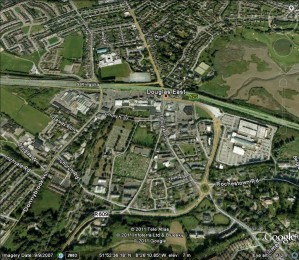
Douglas Village, Local History Talk, Saturday 24 March 2012
Cllr Kieran McCarthy continues his exploration of the heritage and local history of the south east corner of Cork City by organising a historical walking tour on Douglas Village and its environs. The event, in association with Young at Heart and the Lifelong Learning Festival, takes place on Saturday, 24 March 2012, start 2 pm leaving from the carpark of St. Columba’s Church. Cllr McCarthy noted that: “The story of Douglas and its environs seems to be in part a story of experimentation, of industry and of people and social improvement; the story of one of Ireland’s largest sailcloth factories is a worthwhile topic to explore in terms of its aspirations in the eighteenth century; that coupled with the creation of 40 or so seats or mansions and demesnes made it a place where the city’s merchants made their home it and also these suburban spaces make for an interesting place to study in terms of ambition. Those landscapes that were created still linger in the environs of Douglas Village.”
The District of Douglas takes its names from the river or rivulet bearing the Gaelic word Dubhghlas or dark stream. As early as the late thirteenth century King John of England made a grant of parcels of land, near the city of Cork to Philip de Prendergast. On 1 June 1726, Douglas Factory was begun to be built. Samuel Perry & Francis Carleton, became the first proprietors. The Douglas Sailcloth Factory is said to have been founded by a colony of weavers from Fermanagh. The eighteenth century was a golden age for wooden sailing ships, before the 1800s made steam and iron prerequisites for modern navies and trading fleets. The era was also a golden age too for maritime exploration, with the voyages of James Cook amongst others opening up the Pacific and the South Seas. Douglas in its own way added in part to this world of exploration.

Runners Up, McCarthy’s Design a Public Park, Art Competition 2012
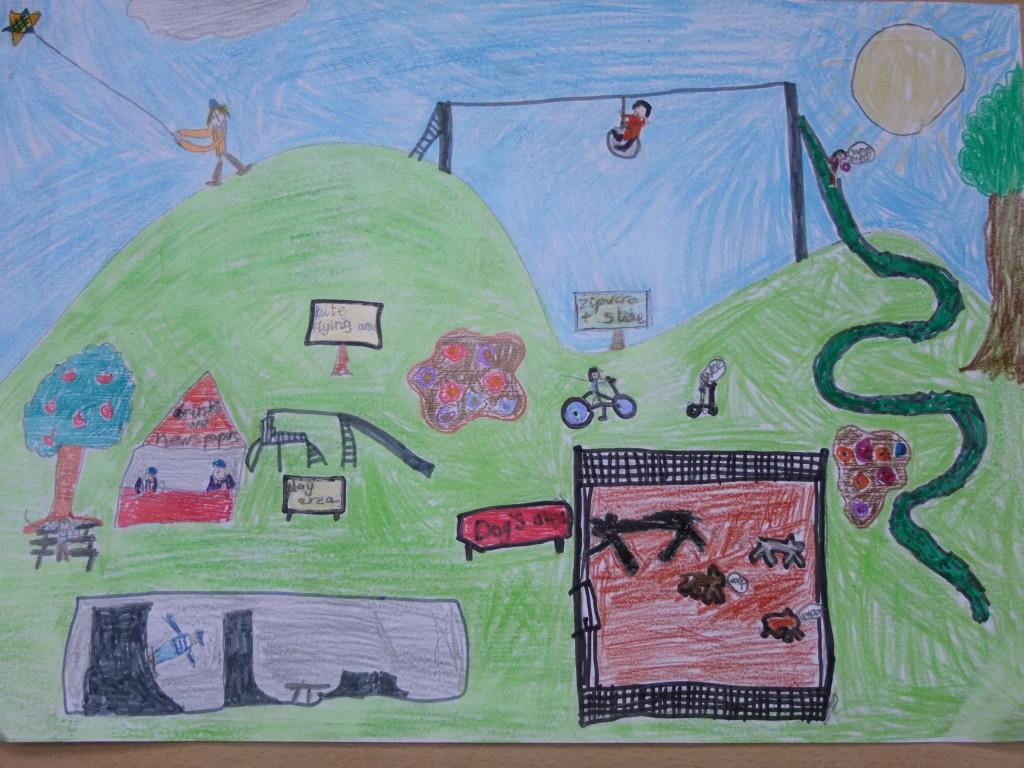
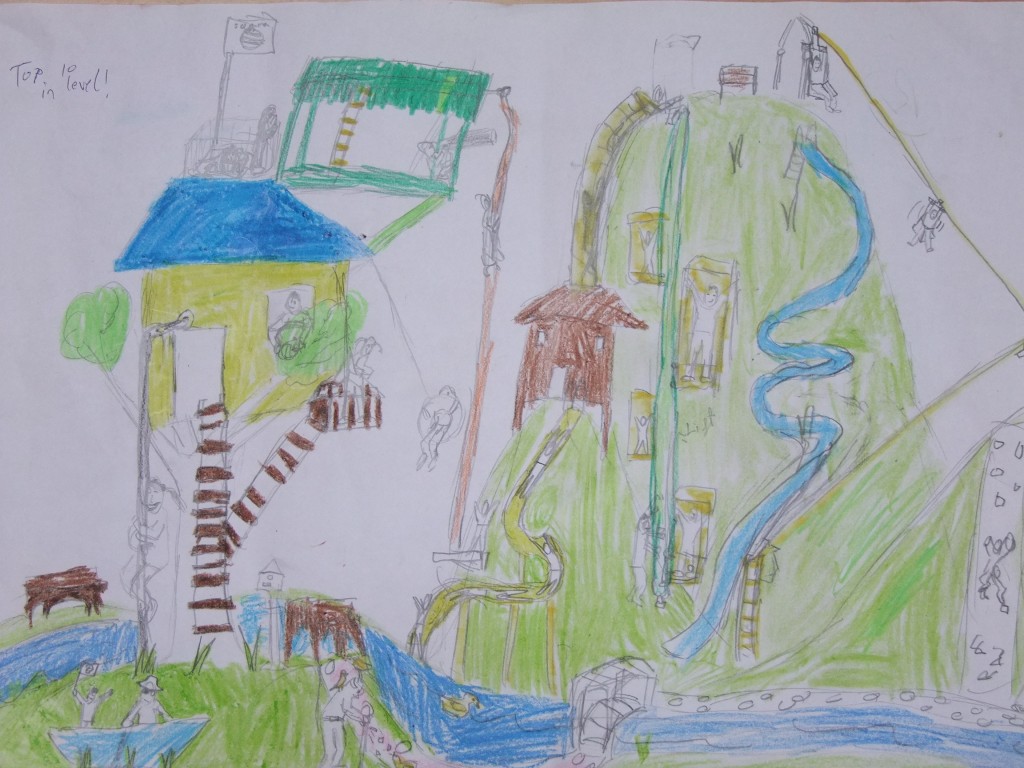
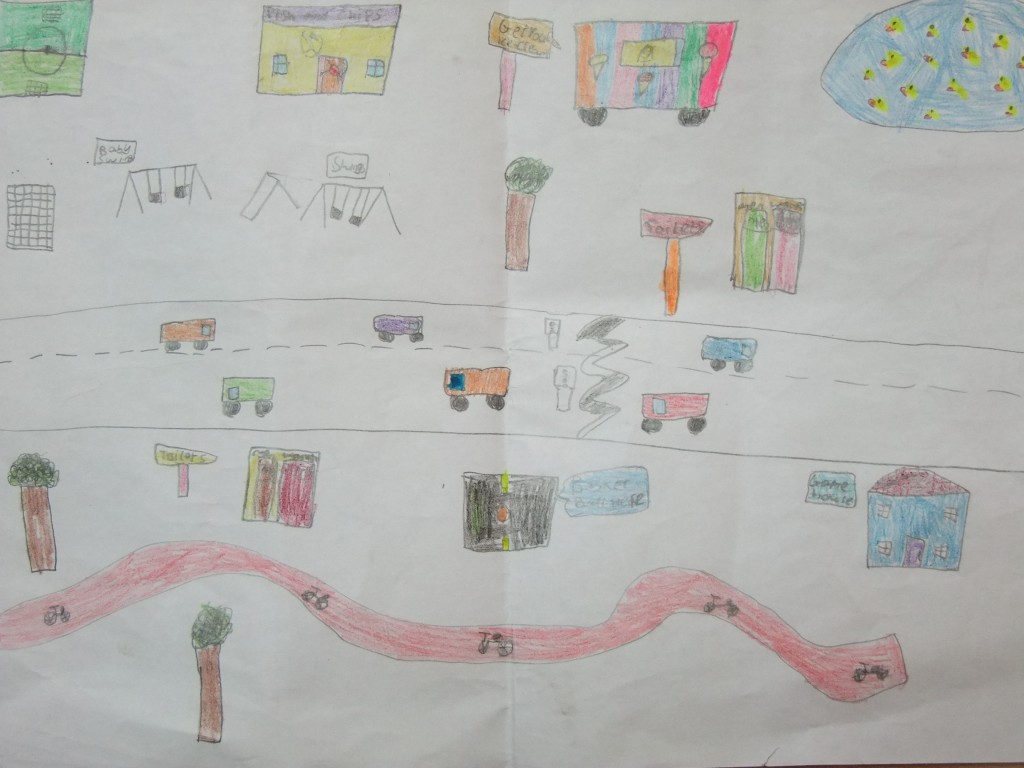

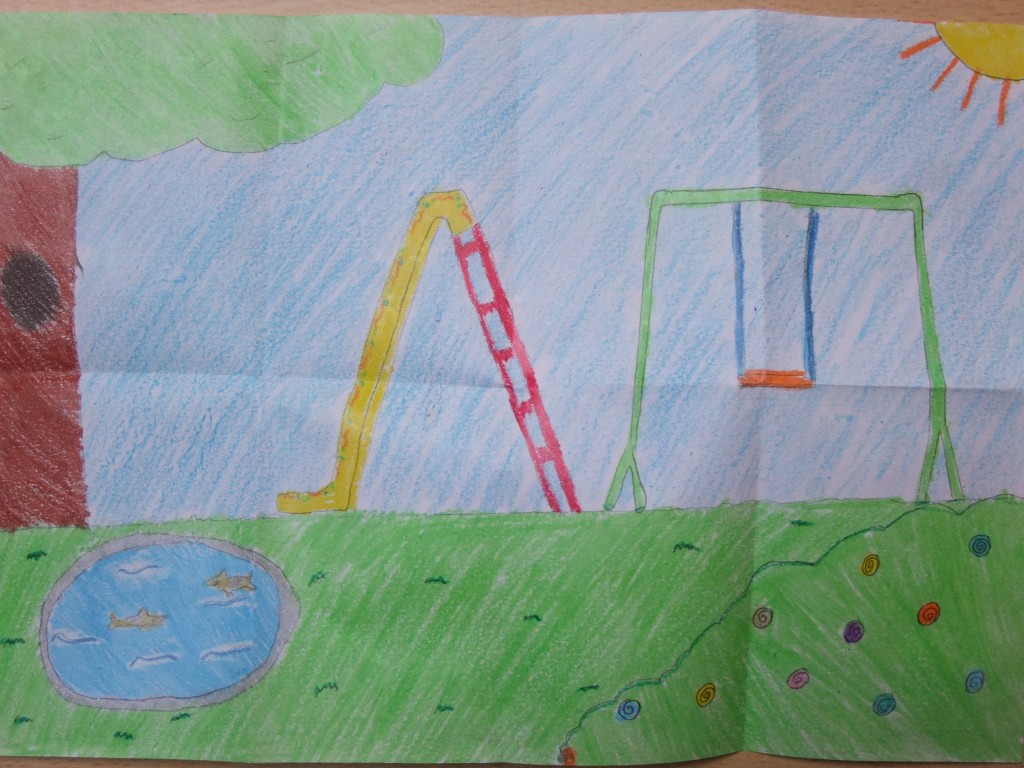
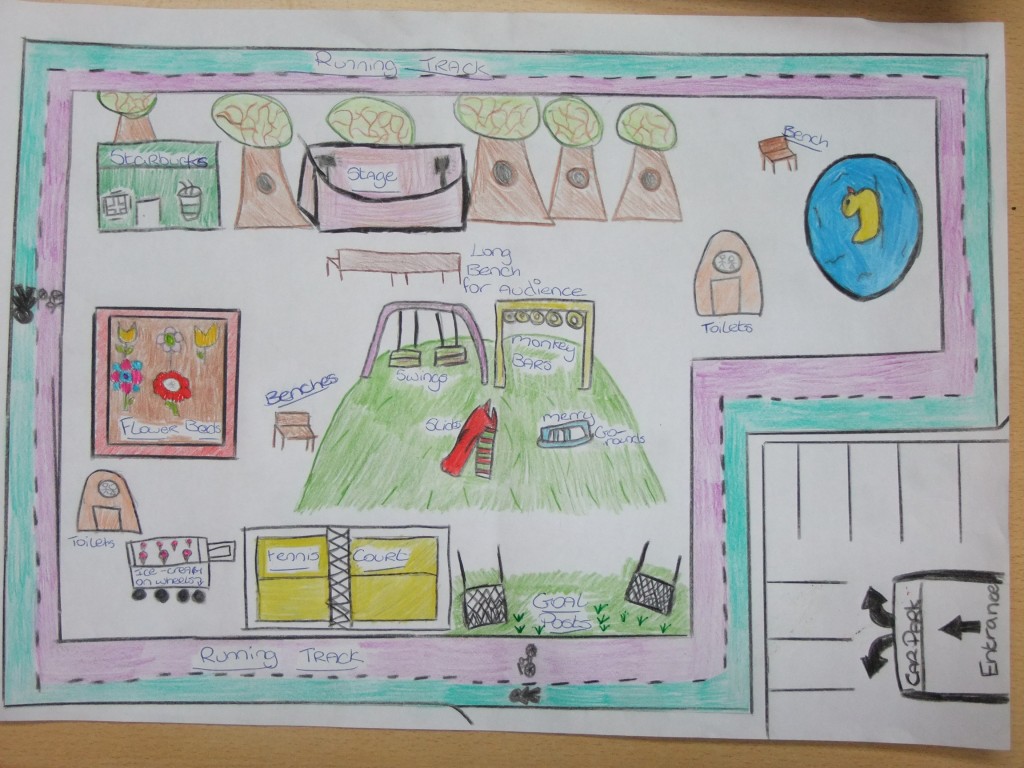
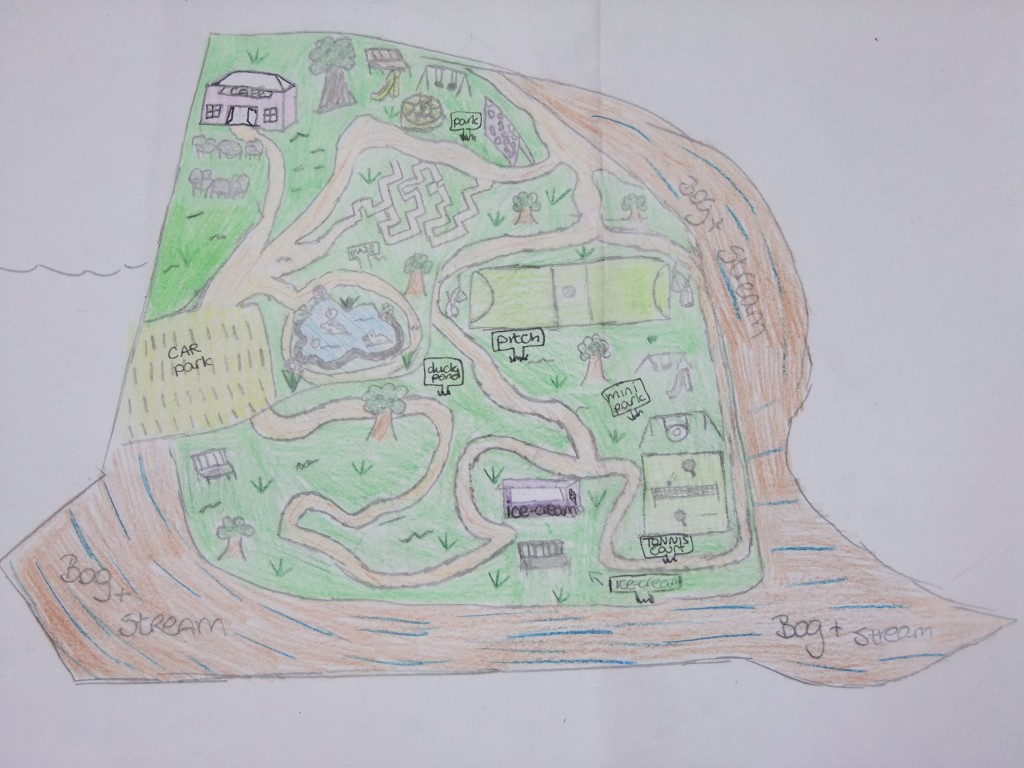

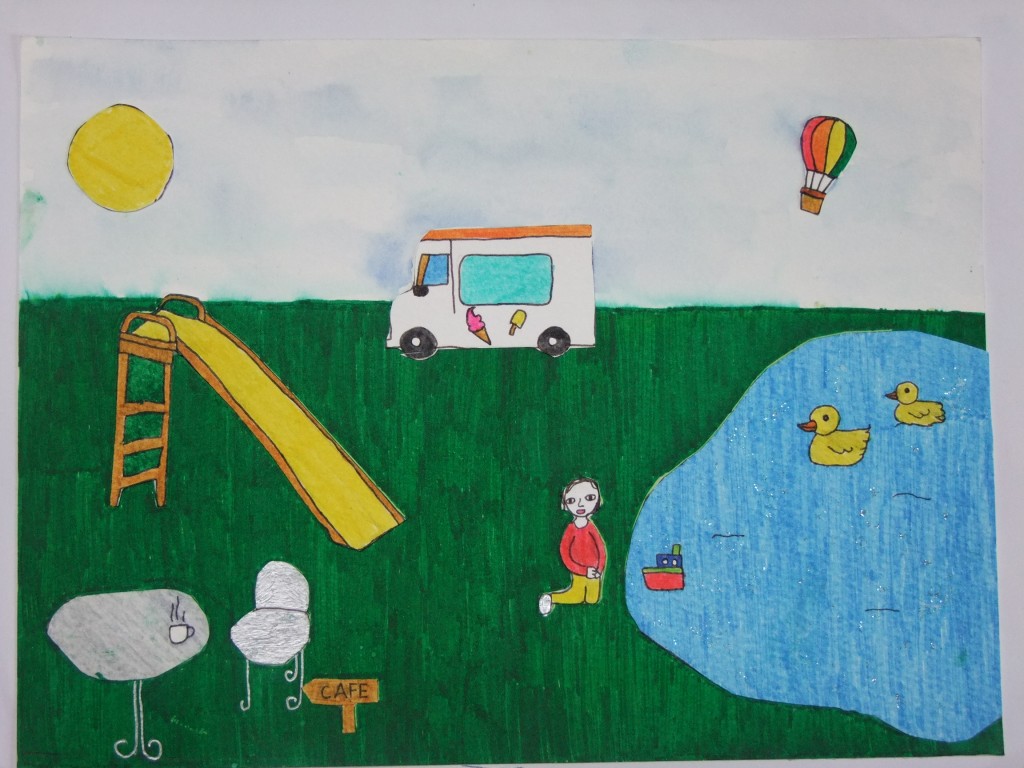
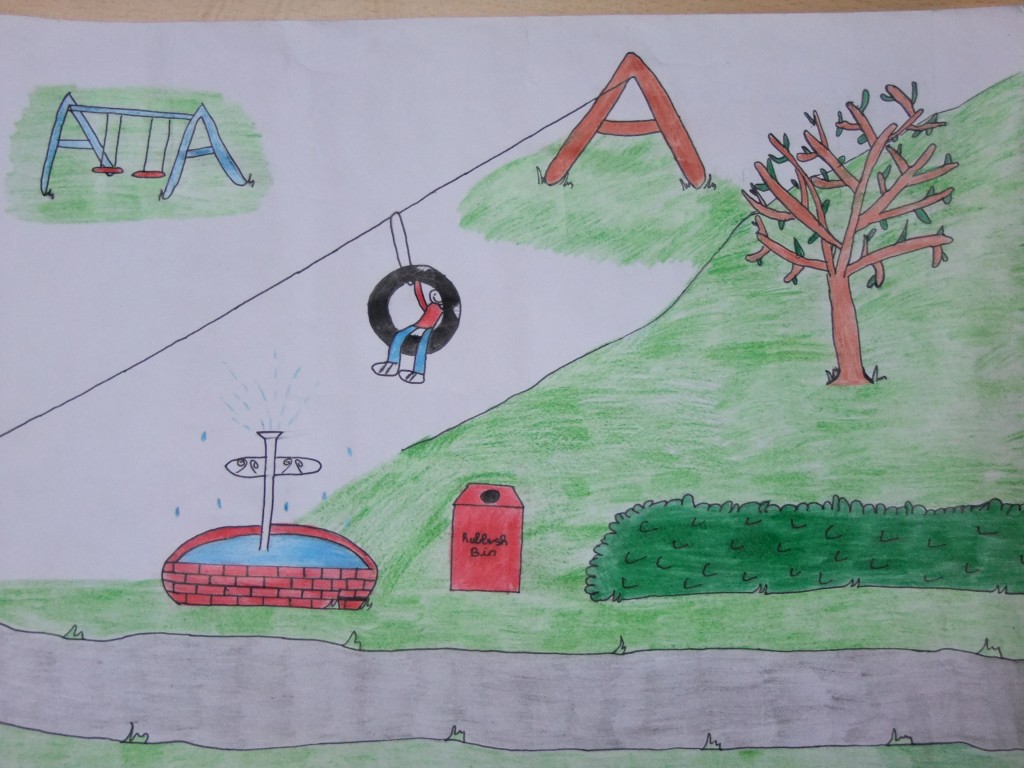
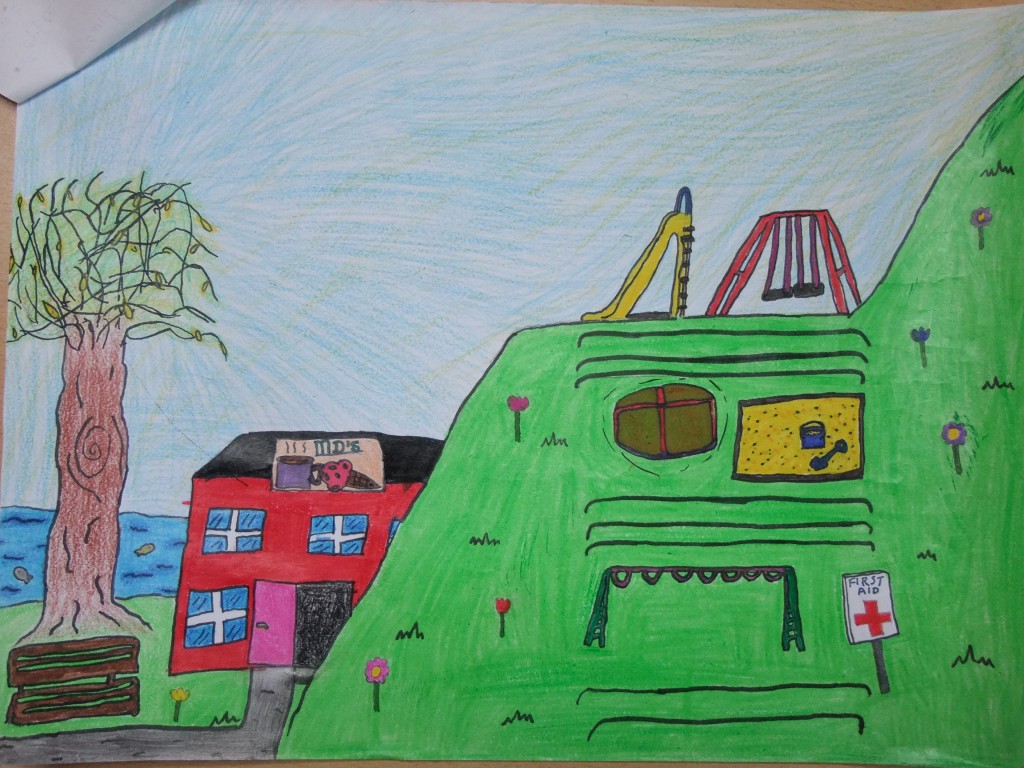
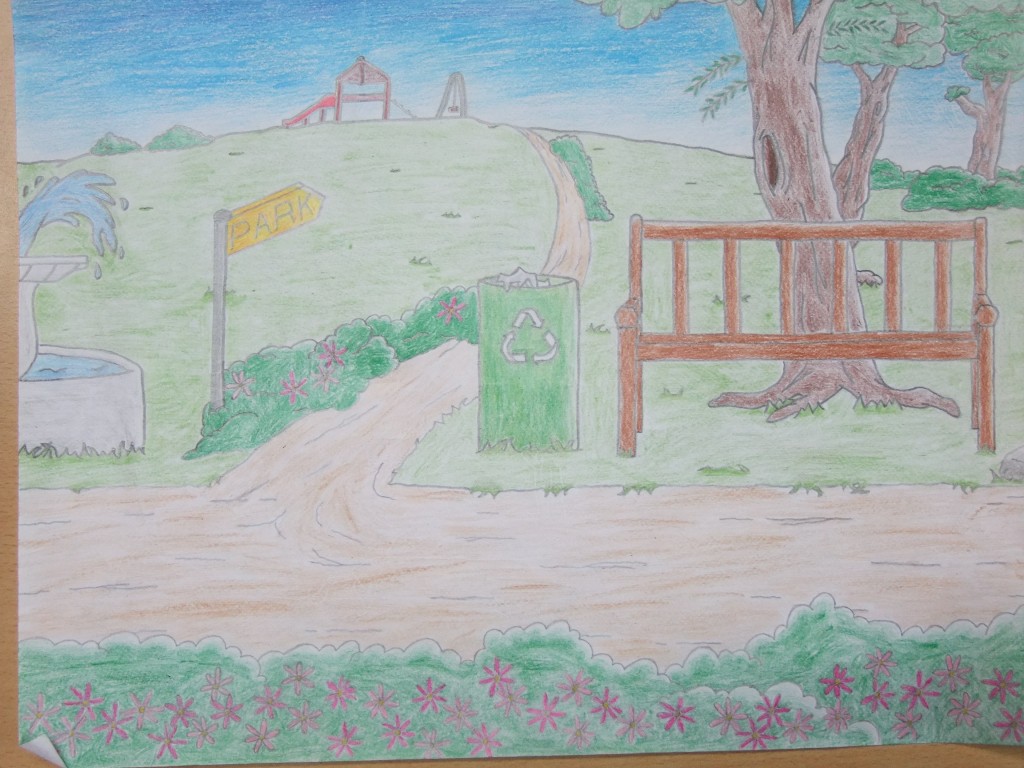
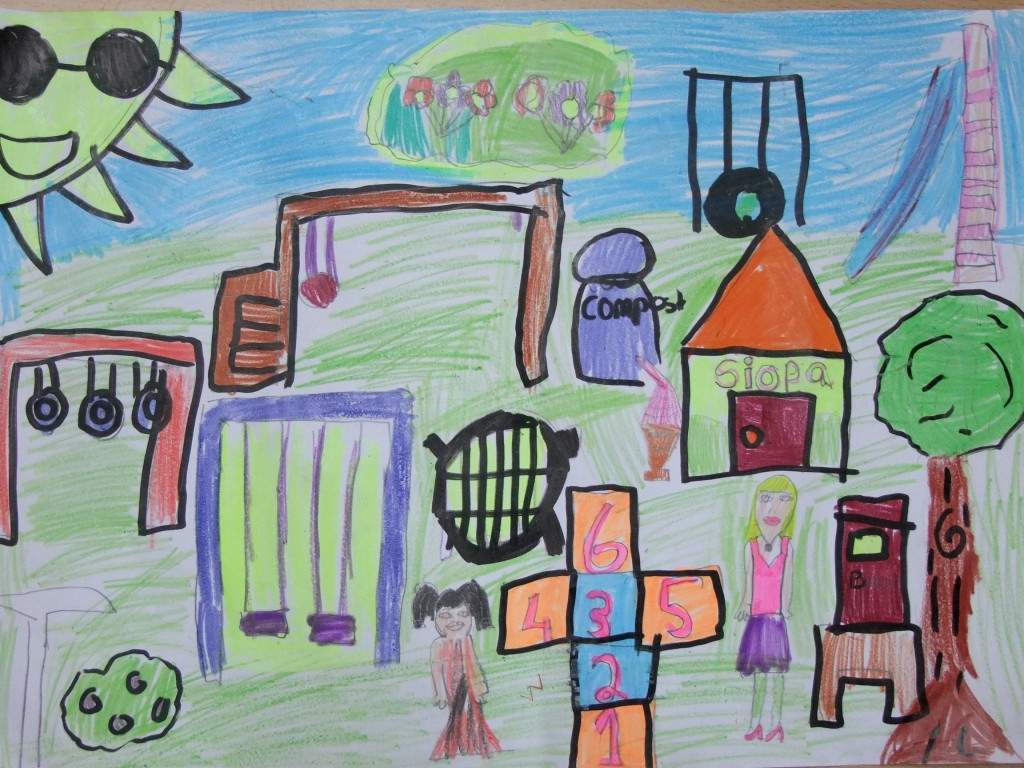
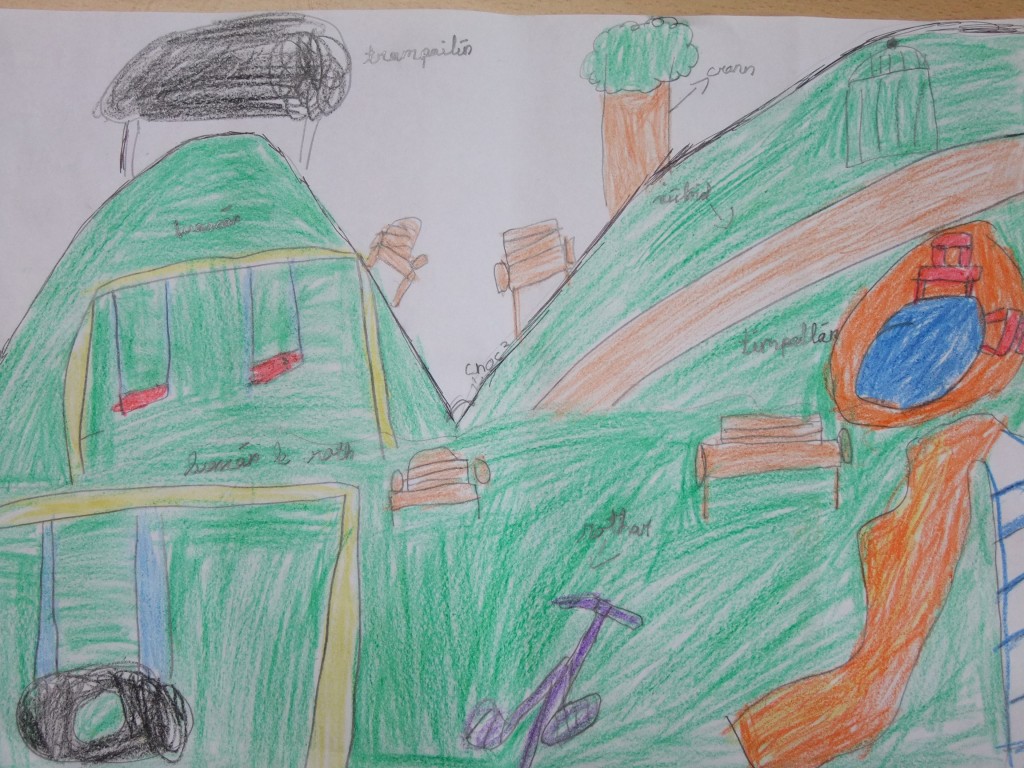
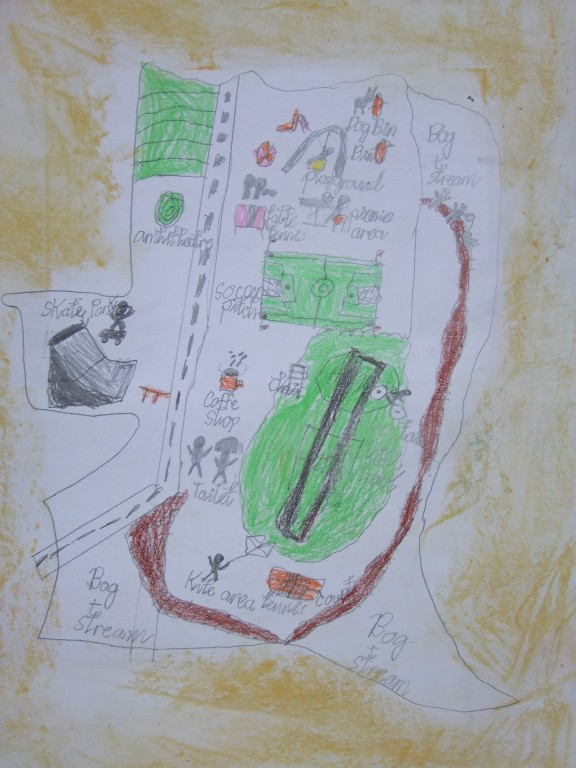
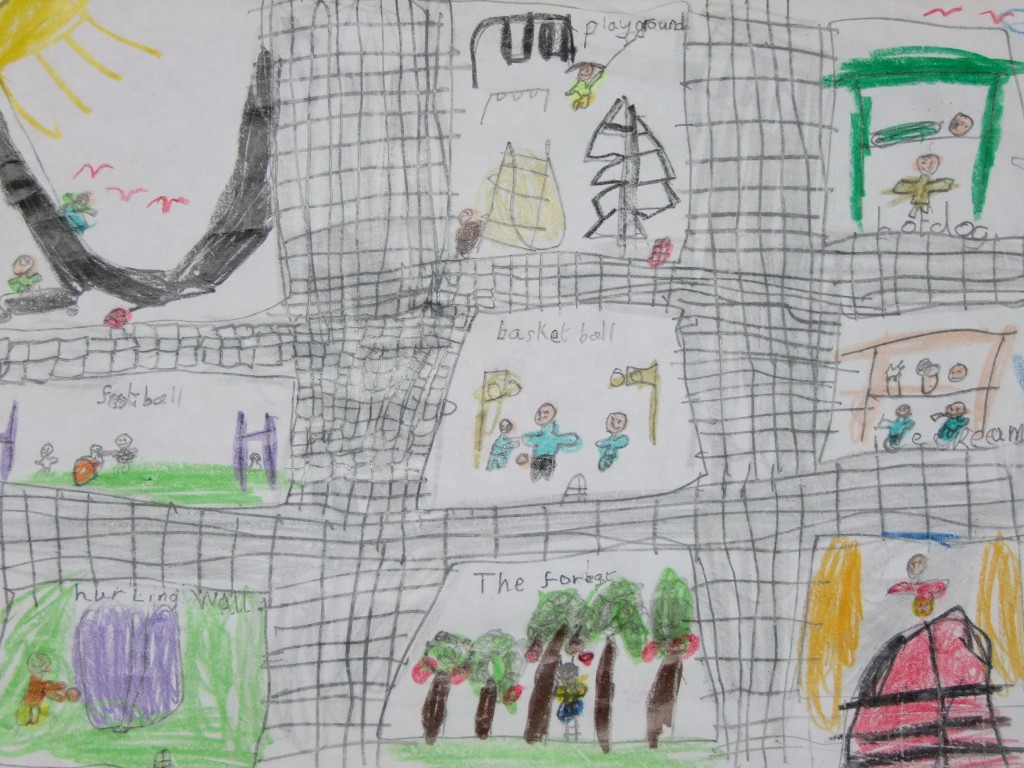
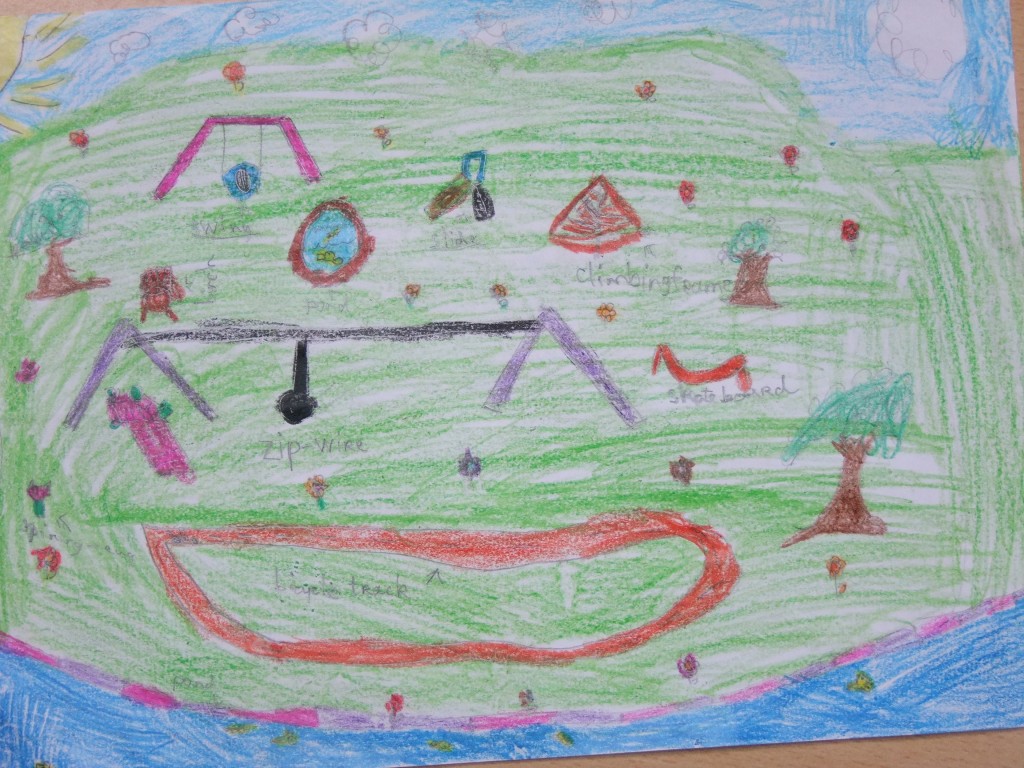
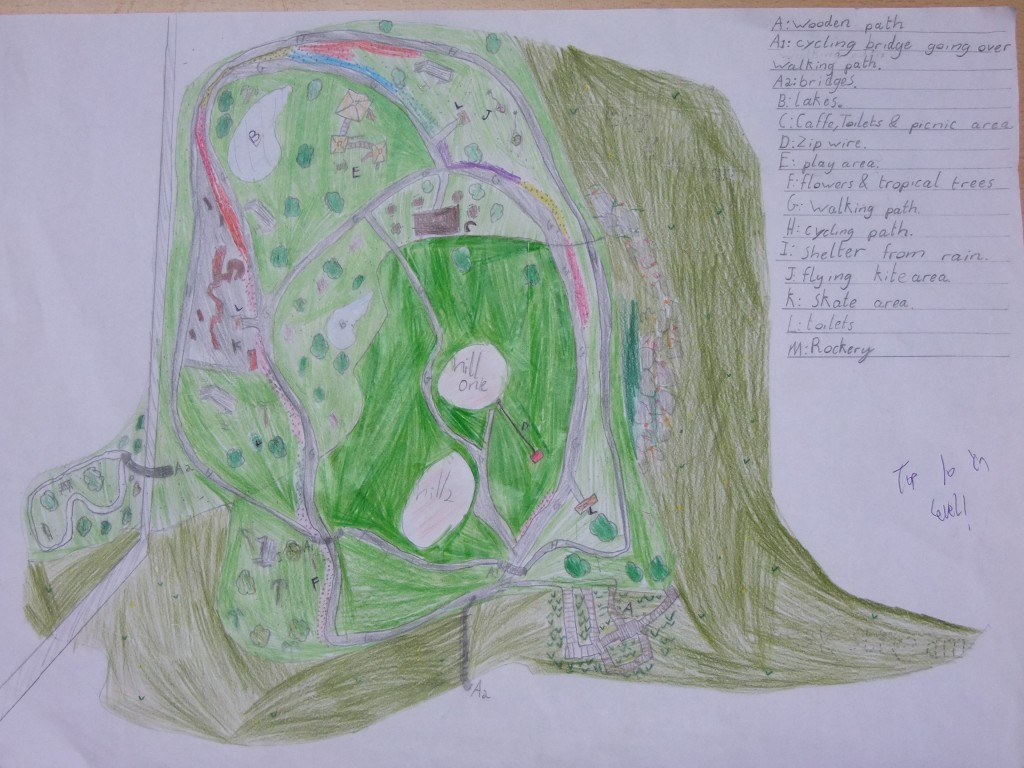
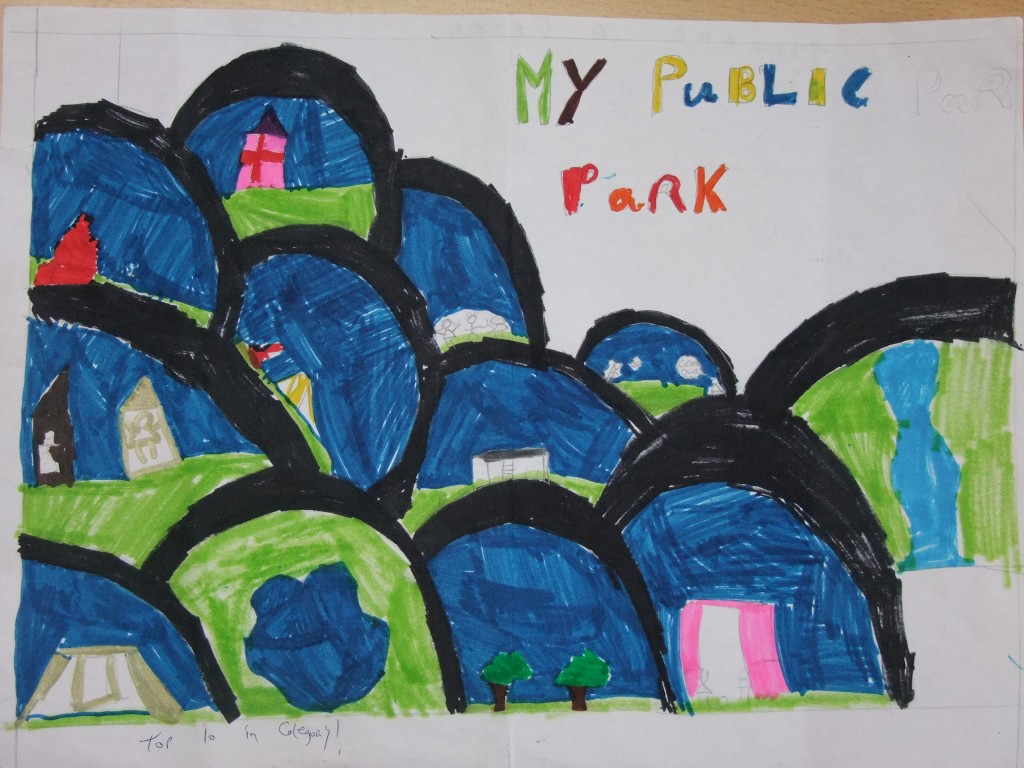

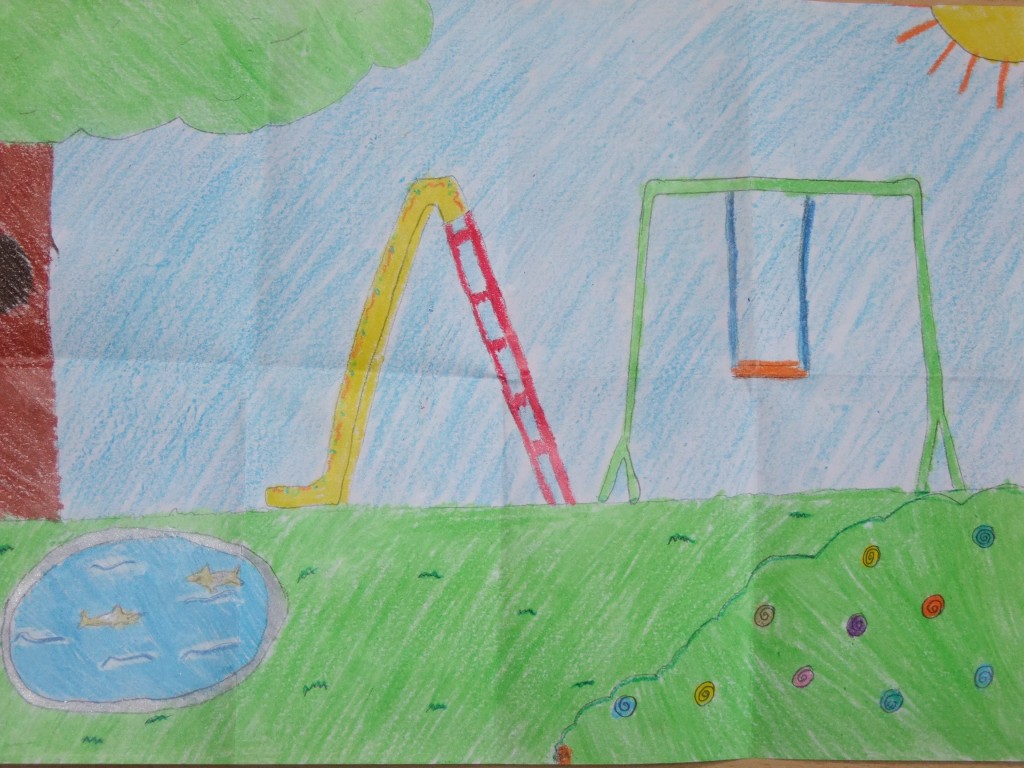
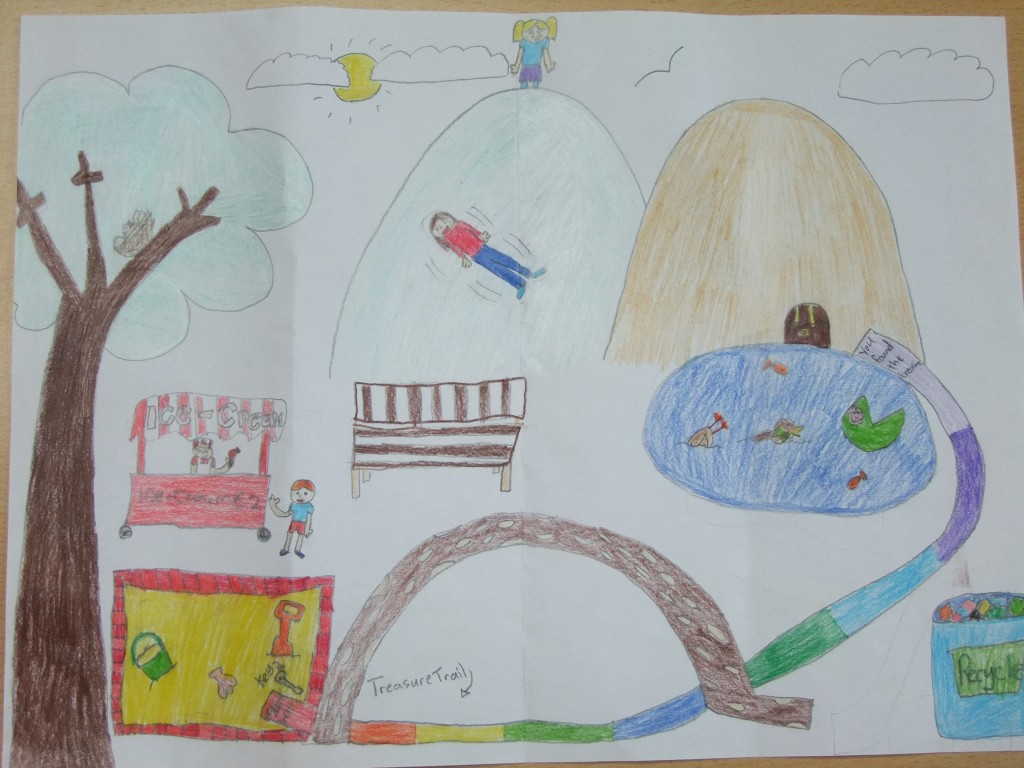
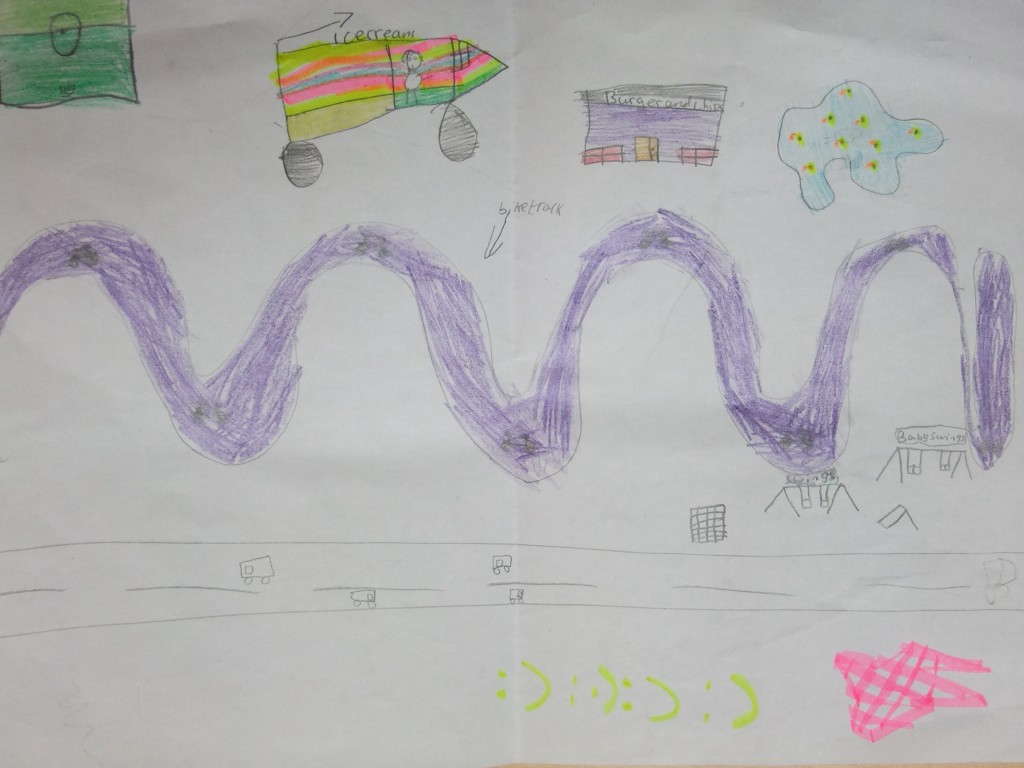
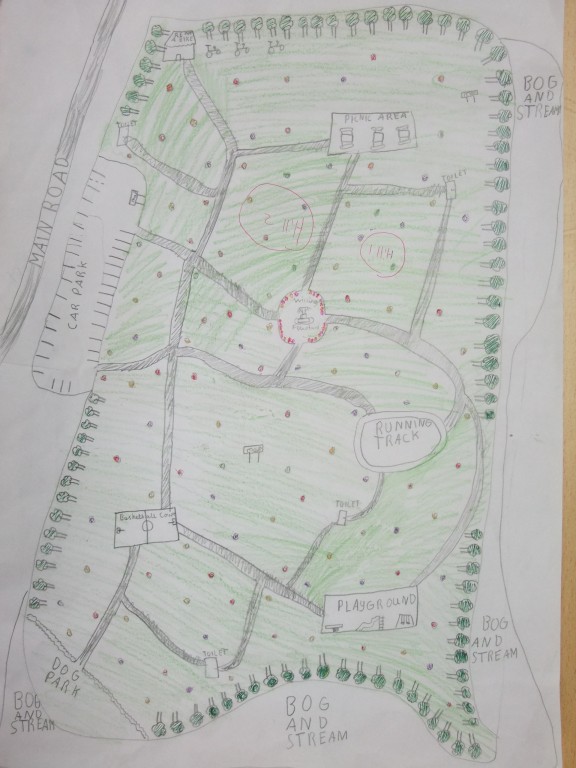
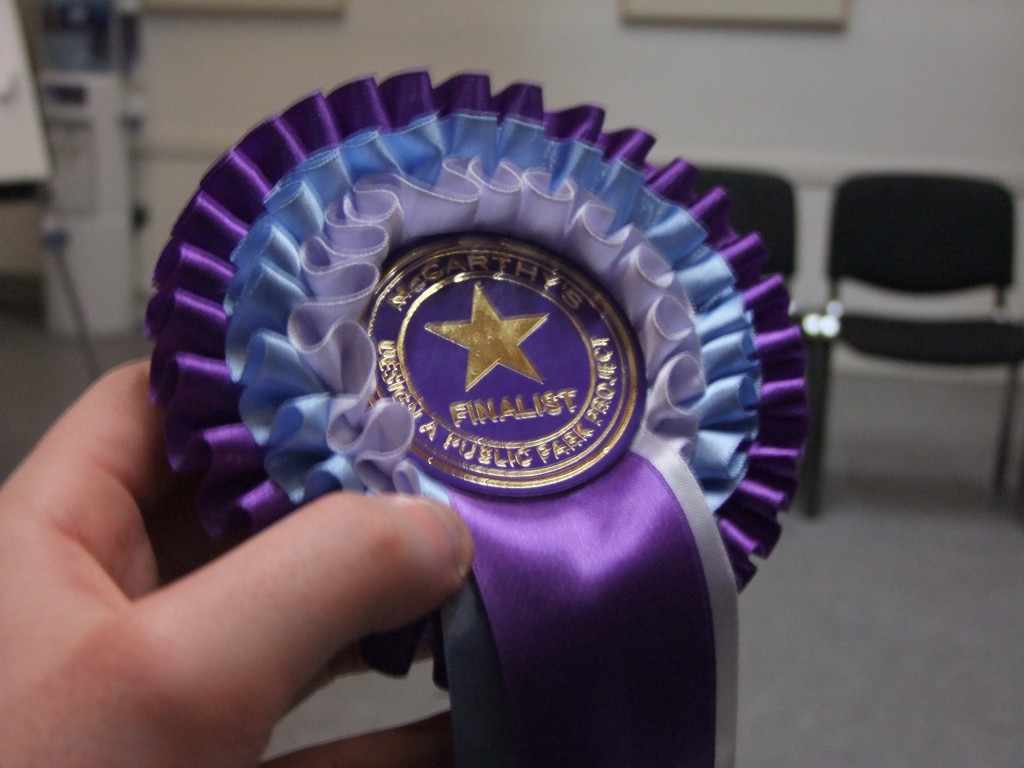
Results, McCarthy’s Design a Public Park Art Competition
My thanks to all who took part in the Design a Public Park Art Competition. Results are posted below as well as winning entries. All pictures will be returned next week as well as prizes sent on. Very well done to all. Some great ideas to pursue for the new park.
Results, McCarthy’s Design a Public Park Art Competition 2012
Winners Age 4-6:
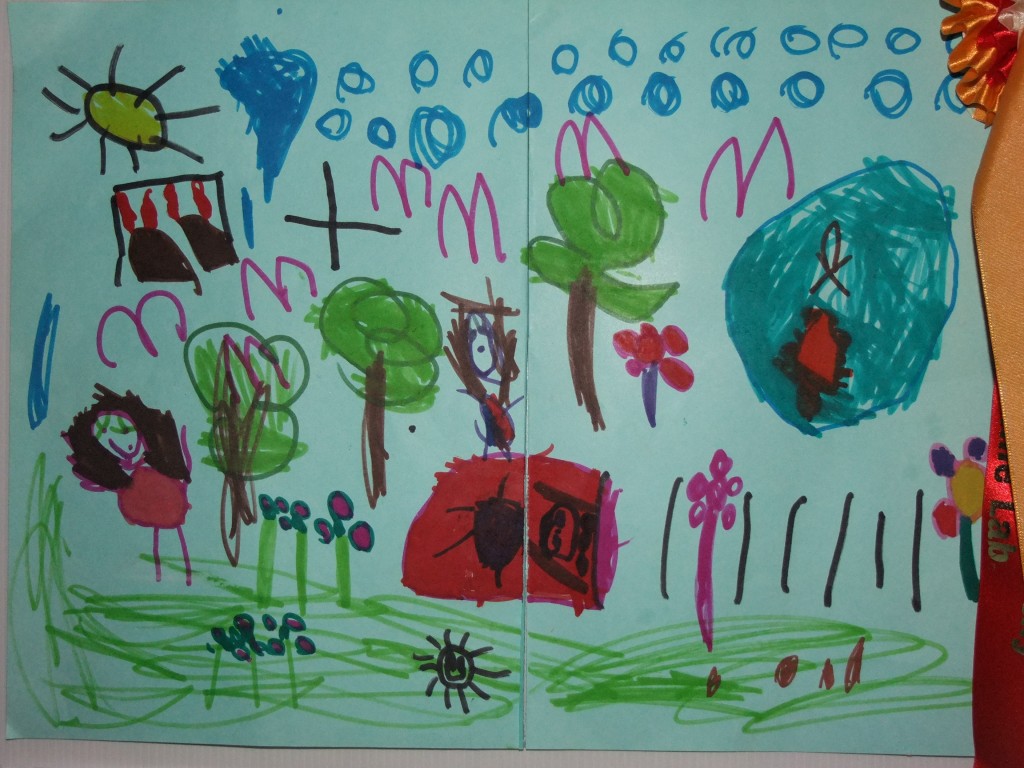
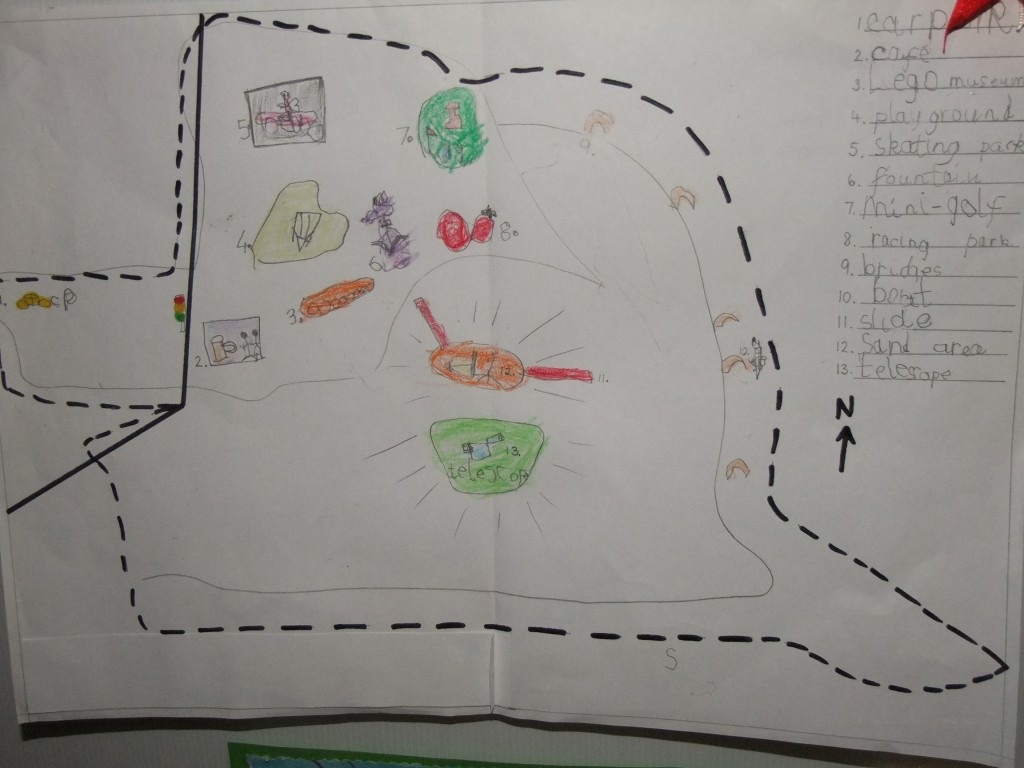
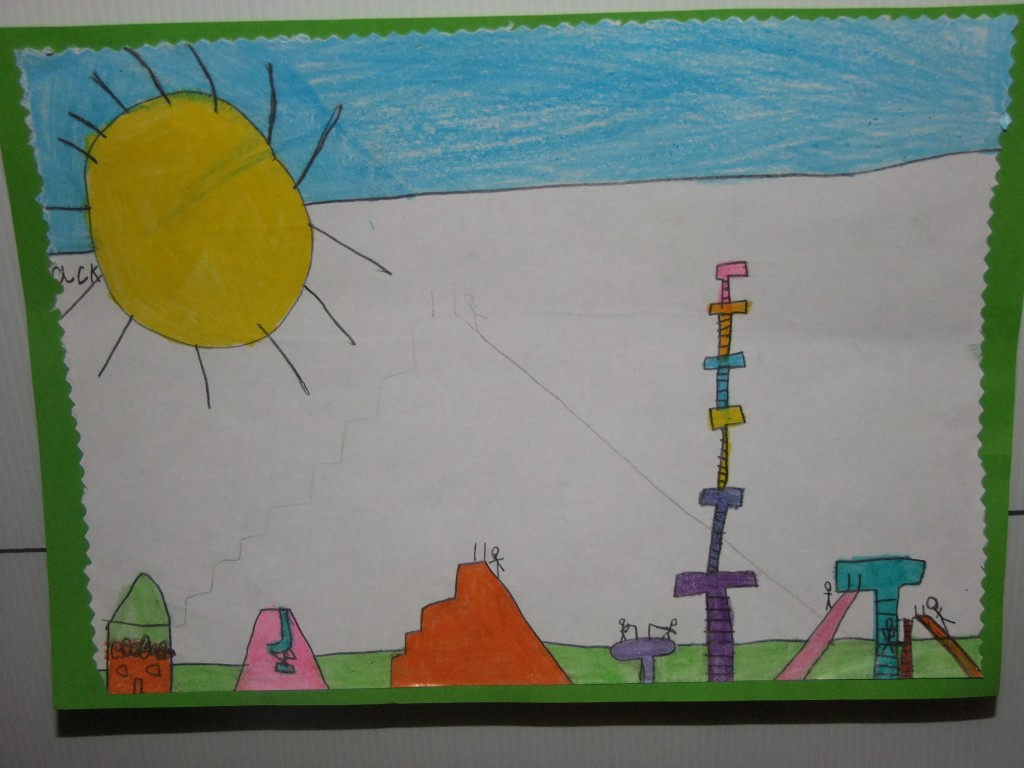
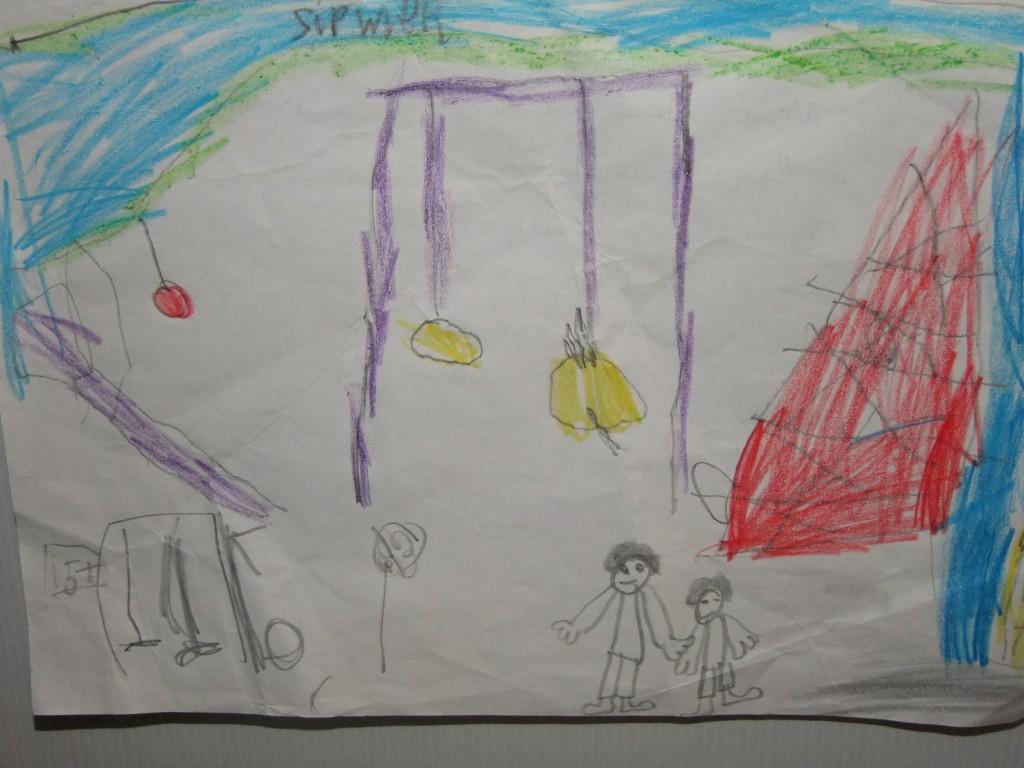
Age Group, 7-9:
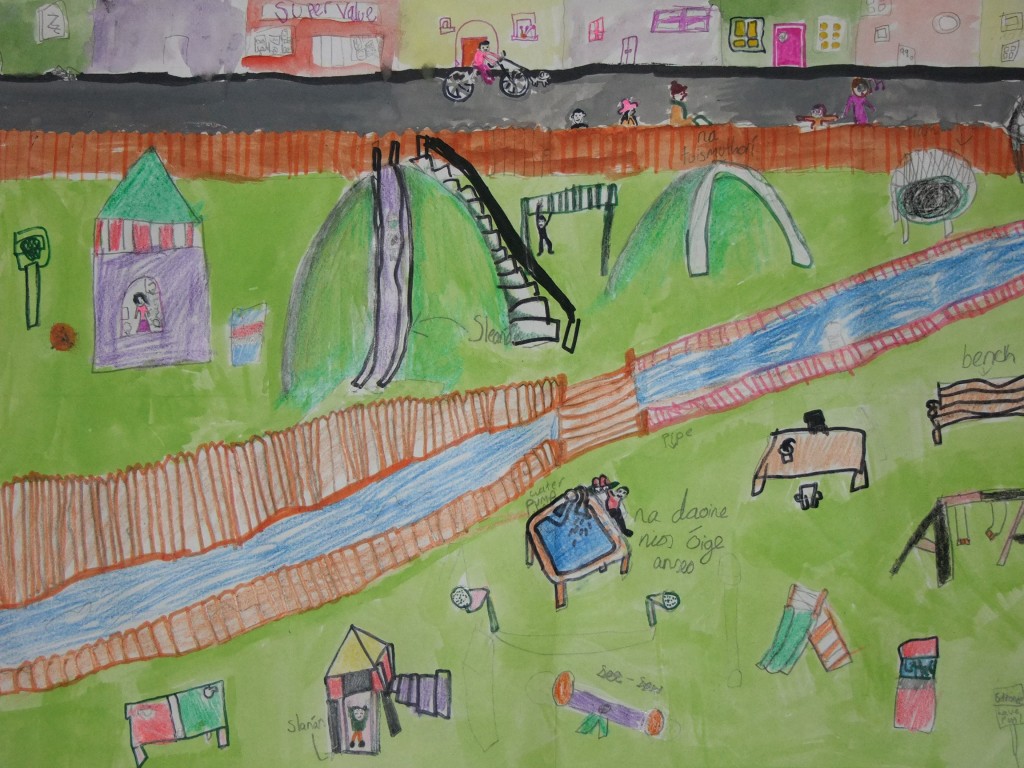
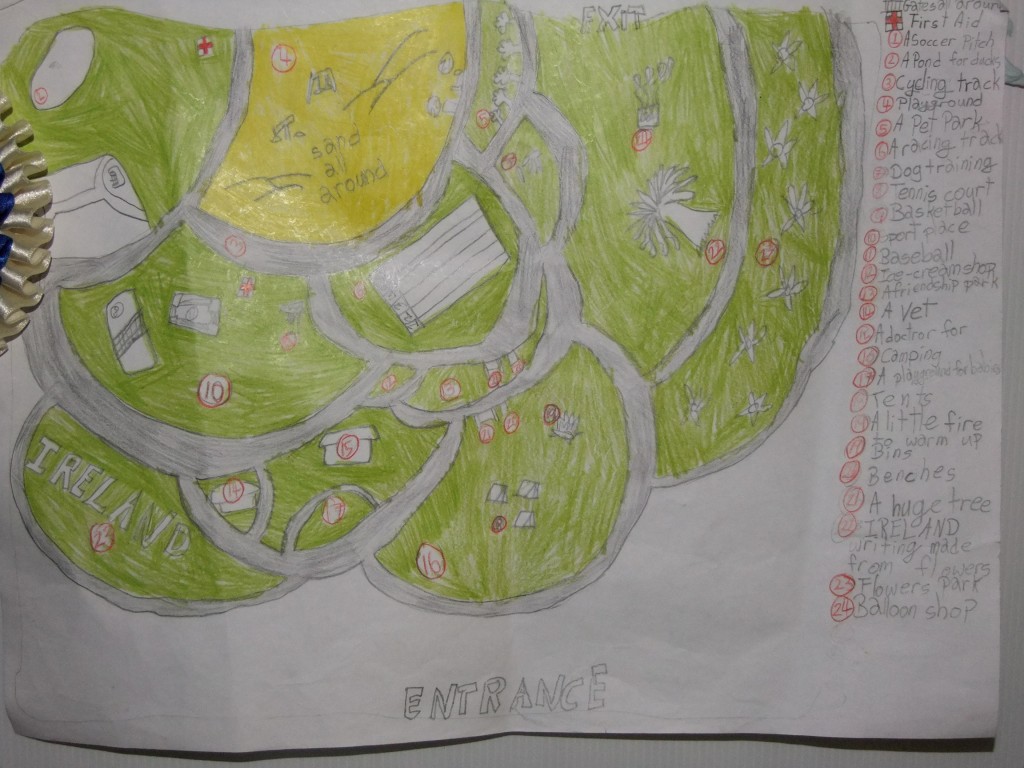


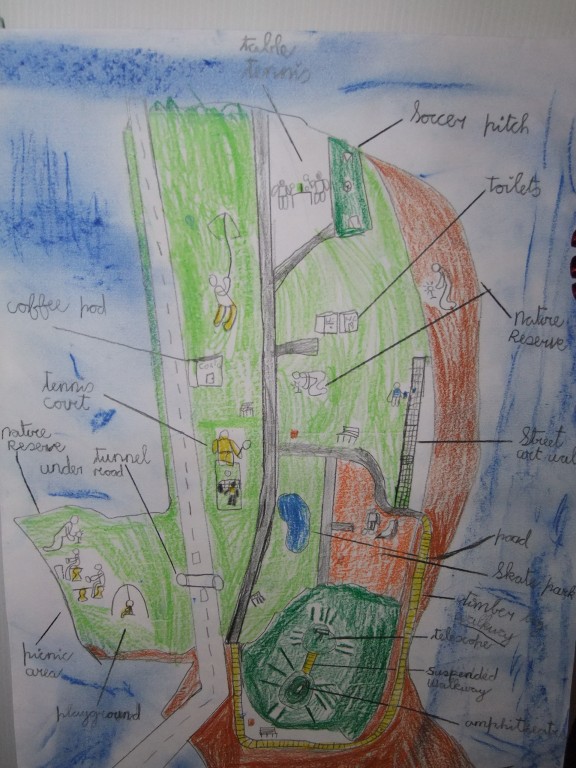
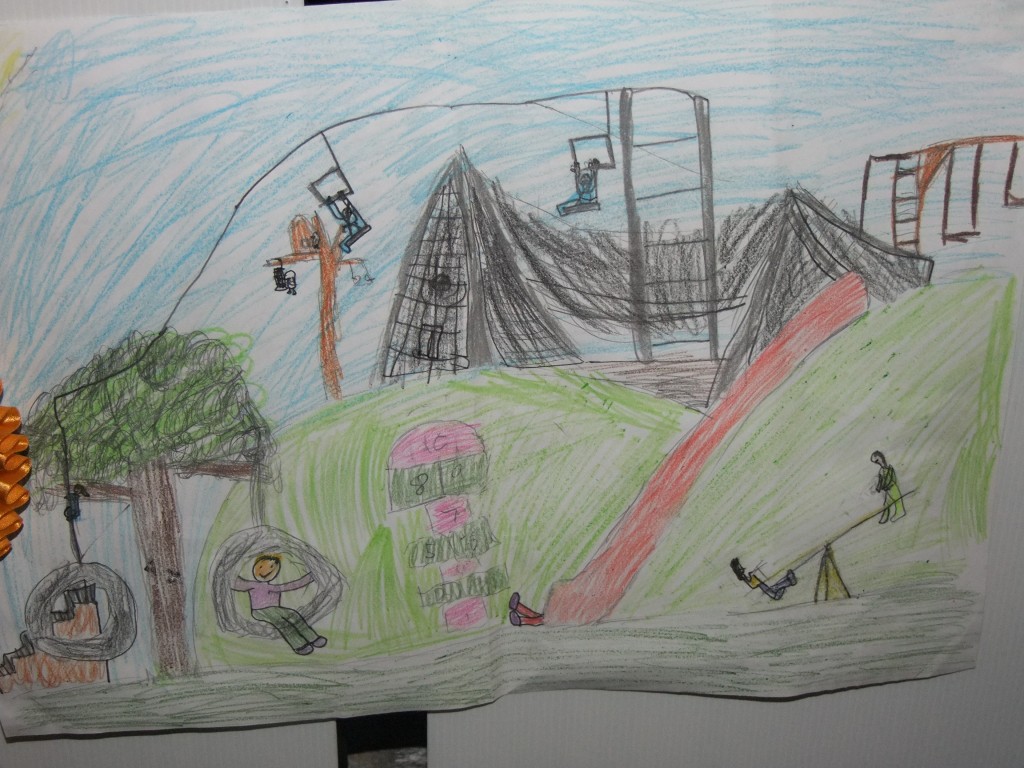
Winners, Age Group, 10-12
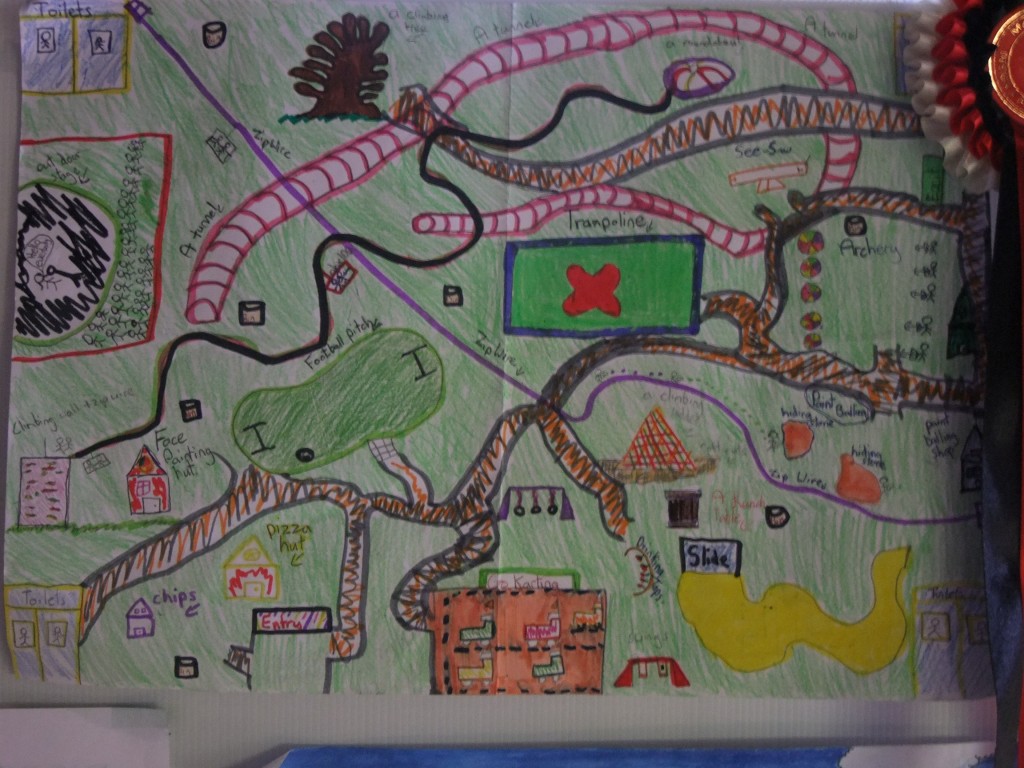
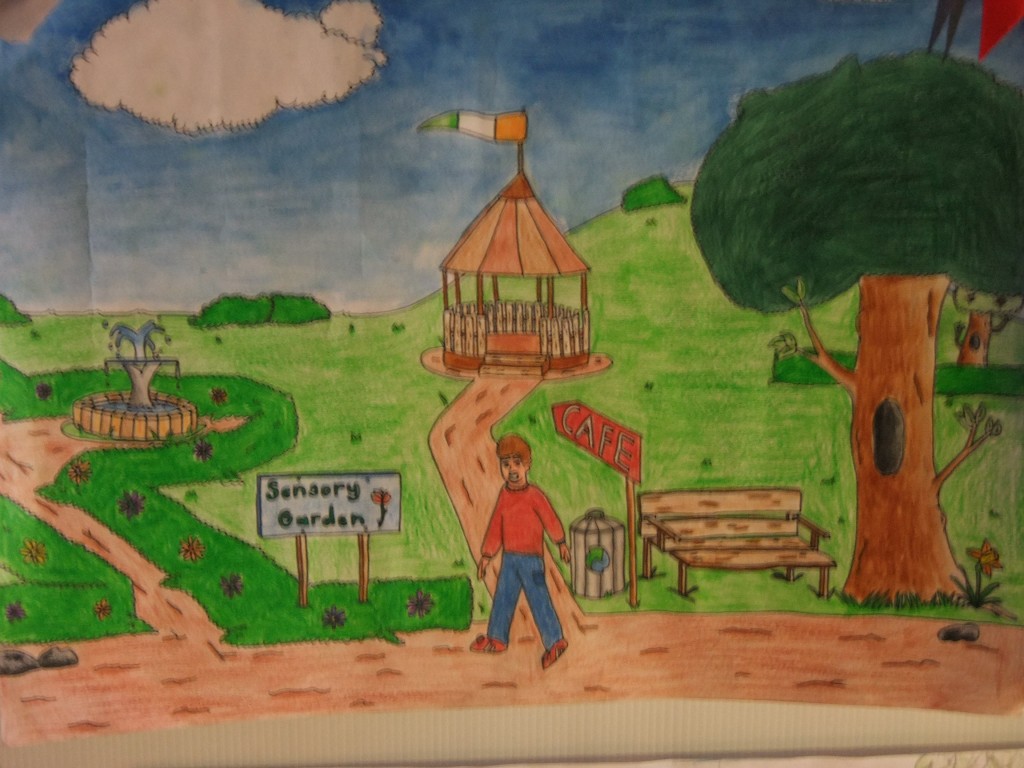
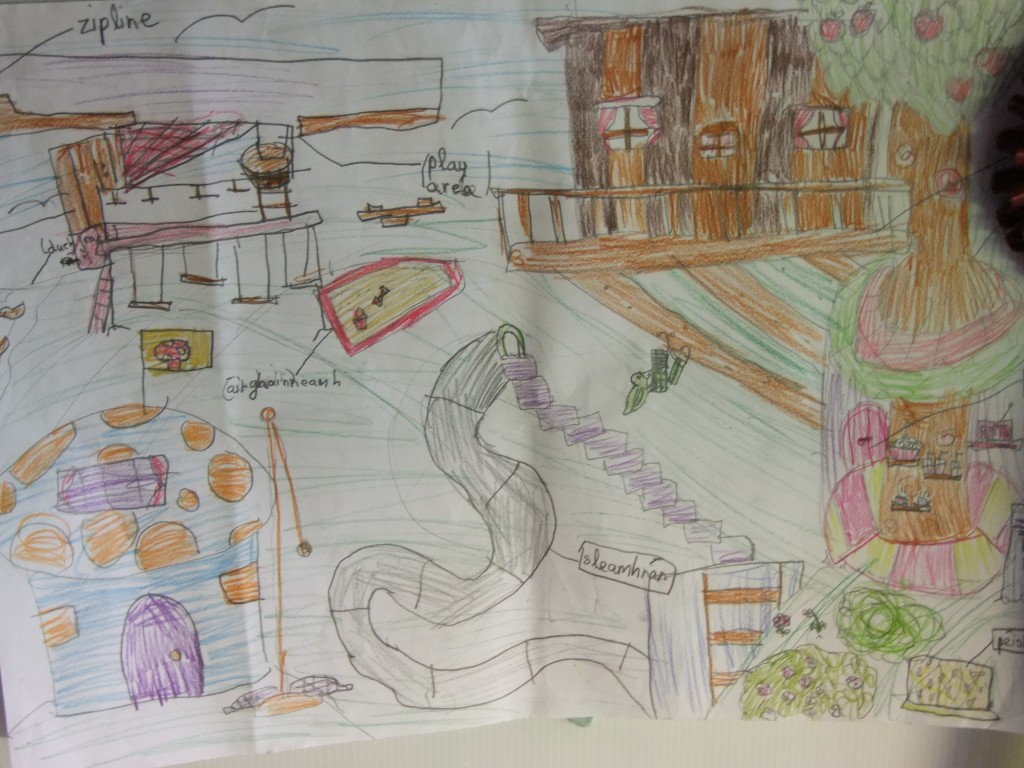
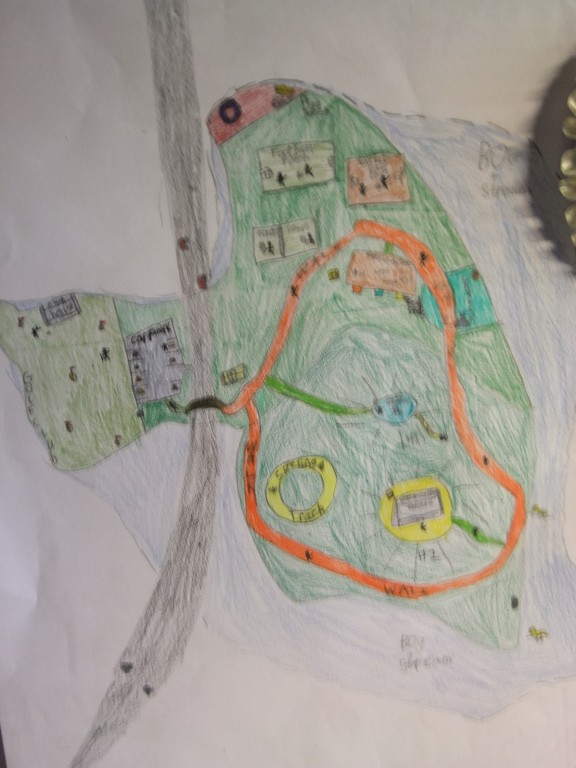
Winners, Junior Certificate Category:

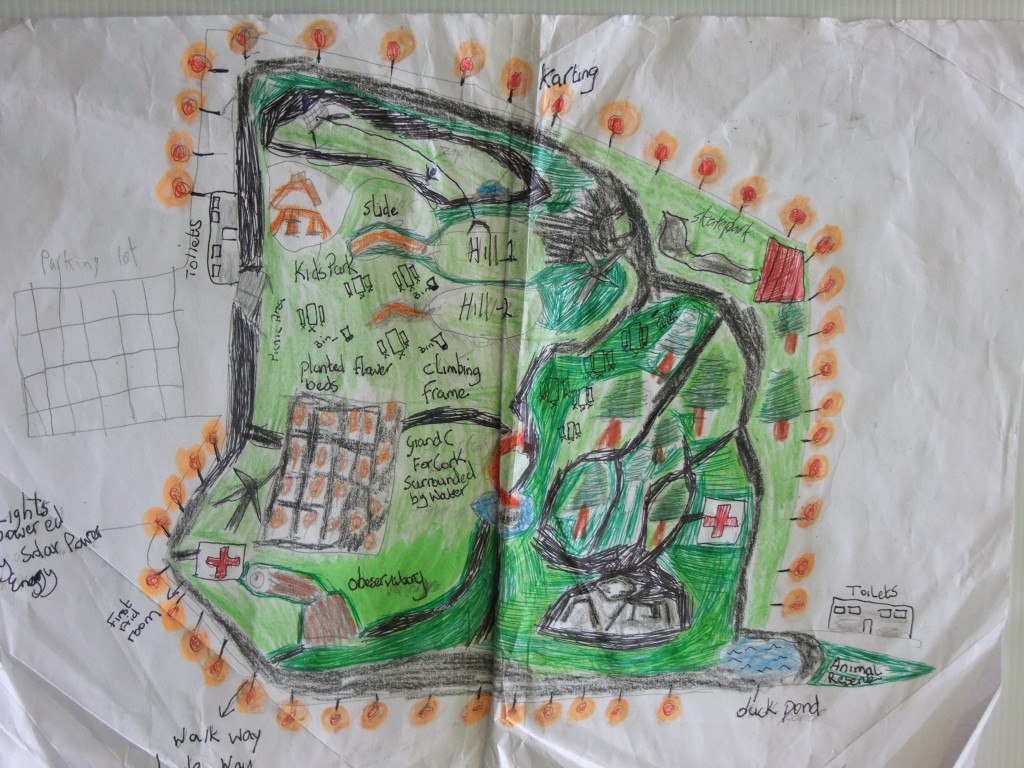
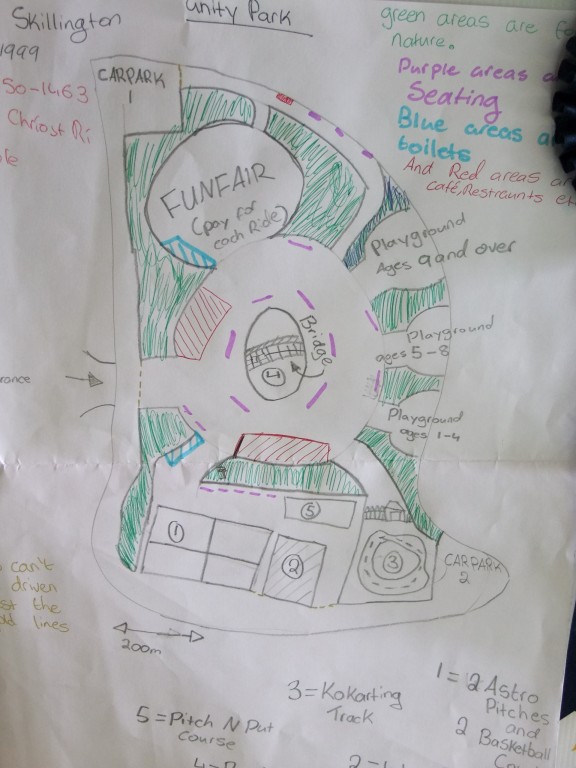
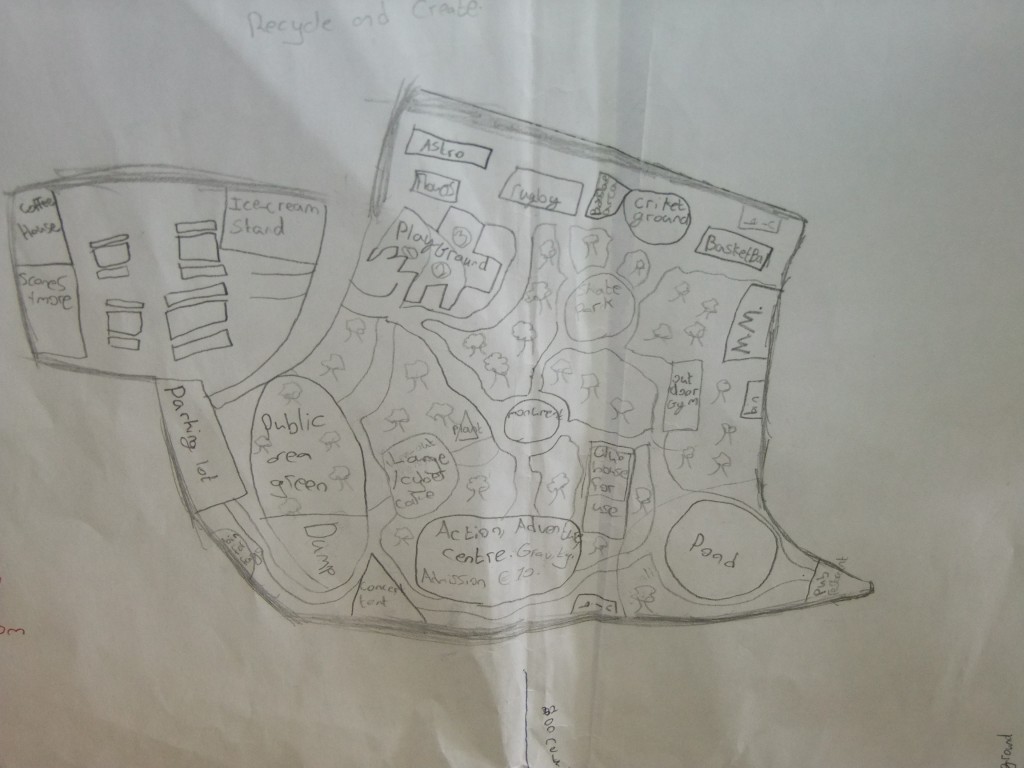
Winners, Leaving Certificate Category:
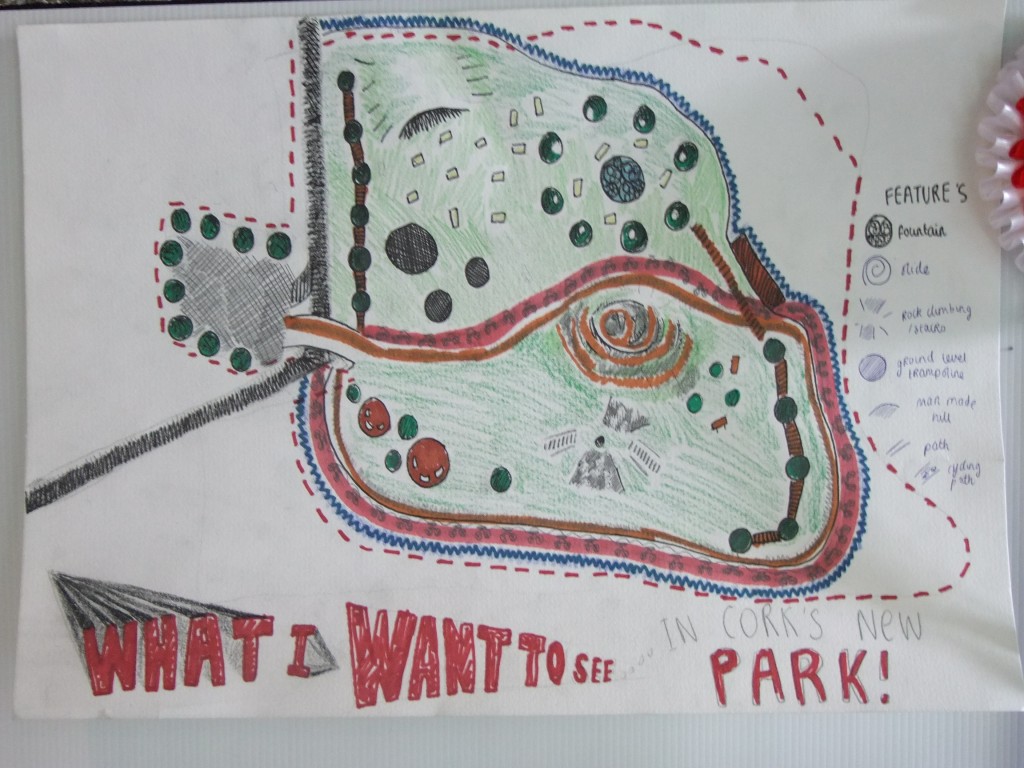
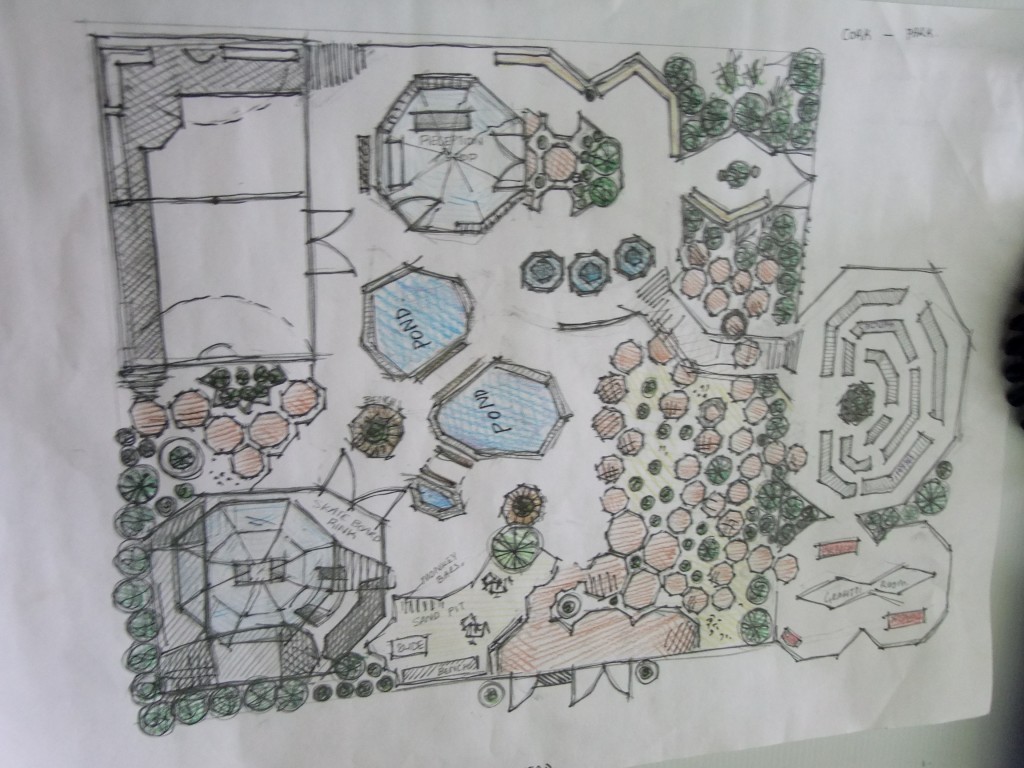
Winners, Age 4-6
1. Magge O’Shea, St. Patrick’s Hill
2. Lucas Hayes, Scoil Cholmcille, Blarney Street
3. Jack Giltinan, St Anthony’s Boys National School, Ballinlough
4. Jamie Catan, St Patrick’s N.S. Whitechurch
1. Sadbh Rook, Gaeilscoil Mhuscrai, An Bhlarna
2. Amelia Konat, Scoil na Croise Naofa, Mahon
Joint third
3. Charlie Michael Dwyer, St Anthony’s B.N.S
3. Brian Boylan, St Anthony’s B.N.S
Joint fourth:
4. Anu Ni Sheachain, Gaeilscoil Mhuscrai, An Bhlarna
4. Christopher Forest, St. Anthony’s B.N.S
1. Sophie O’Rourke, St Catherine’s N.S, Model Farm Road
2. Dylan Whelan, Ballyheada N.S
3. Sile Ni Shuilleabhain, Gaeilscoil Mhuscrai, An Bhlarna
4. Zoe Stack, Scoil Bhride, Eglantine
1. Alison Peard, Regina Mundi Secondary School
2. Cian O’Connor, Colaiste Chriost Ri
3. Daniel Skillington, Colaiste Chriost Ri
4. David Morgan, Colaiste Chriost Ri
1. Megan Walsh, Ursuline Secondary School, Blackrock
2. Alexandra Morehead, Ursuline Secondary School, Blackrock
Kieran’s March Community Programme 2012
Saturday 3 March 2012, McCarthy’s Design a Public Park, Art Competition/ Project
21st/ 22nd March 2012, Award ceremonies, Discover Cork Schools’ Heritage Project 2012, Silversprings Hotel, 7.15pm, start for City and County ceremonies.
Saturday 24 March 2012, New historical walking tour of Douglas, 2pm start from the carpark of St. Columba’s Church, Douglas, in association with Young at Heart, Douglas.
25 March 2012, McCarthy’s History in Action, Re-enactors at Our Lady of Lourdes N.S., Ballinlough as part of their Easter get-together
Wednesday 28 March 2012, 10am Lecture by Kieran, Creating an Irish Free State City, Cork in the 1920s and 1930s, Curaheen Family Centre next to the Church of the Real Presence, Curaheen, as part of the Cork Lifelong Learning Festival
Design a Public Park, Art Competition
